A thoughtfully designed office kitchen does far more than fill stomachs — it supports healthy habits, sparks conversation, and signals that leadership genuinely values employee well-being. From barista-style coffee hubs and living-green walls to smart sensors that trim utility bills, the 25 ideas below blend trend research with practical details you can implement on almost any budget. Use them individually or layer several together to transform your break space into a daily source of energy, creativity, and connection.
1. Coffee-Bar Hub in the Office Kitchen
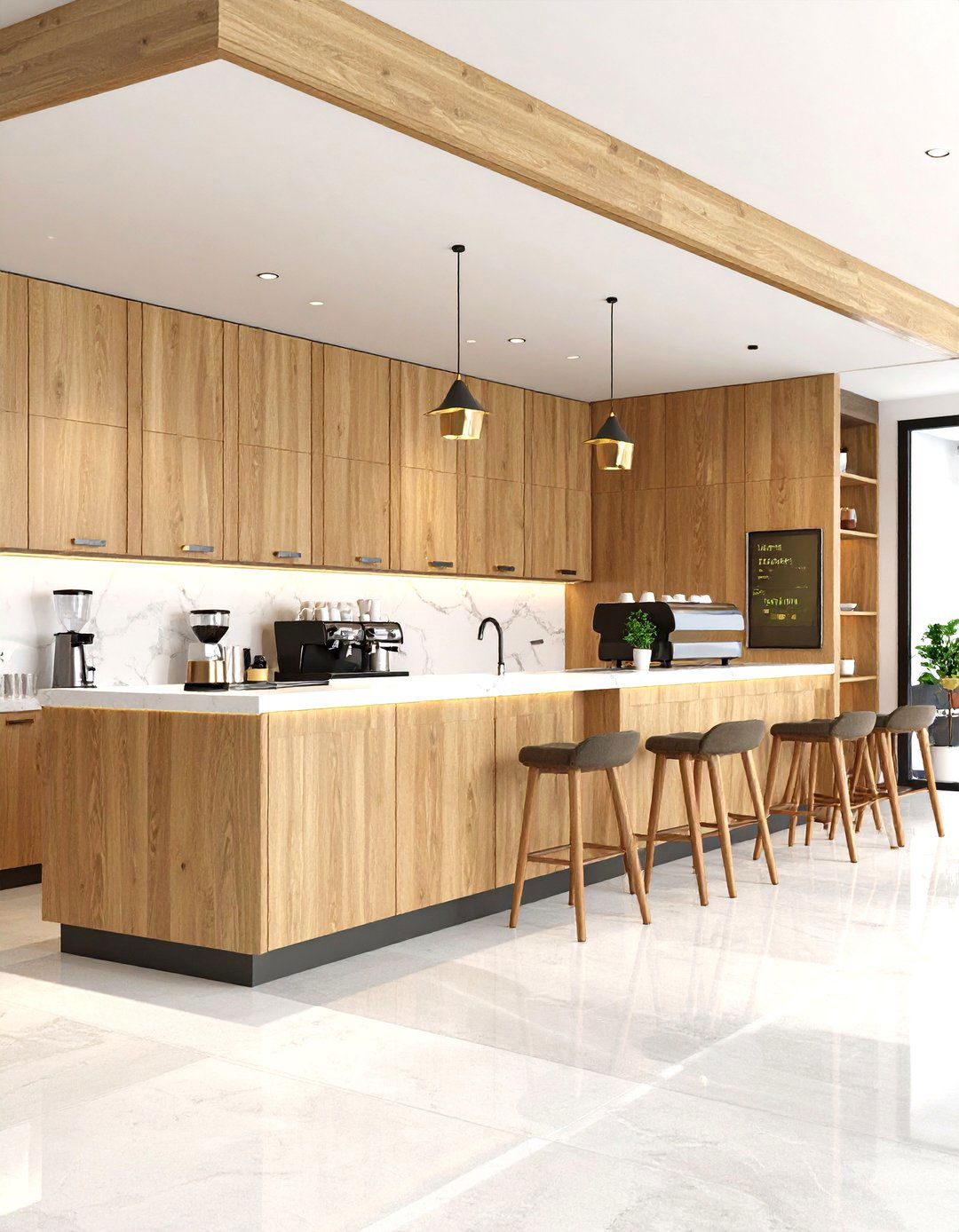
A latte-scented Coffee-Bar Hub instantly converts the office kitchen into a social magnet. Trend forecasters note that 2025 break-room upgrades lean heavily on warm wood cabinetry, marble backsplashes, and mixed-metal hardware — finishes that feel artisanal without demanding a full café build-out. Equip the station with a compact espresso machine, filtered-water spout, and labeled drawers for beans and teas. Encourage sustainability by stocking reusable mugs and posting brewing tips beside the grinder. Adding a wall-mounted tablet for playlists or quick polls (“espresso vs cold brew? ”) turns every coffee break into a mini morale boost, while a slim ledger tracks supply levels so refills never lag.
2. Biophilic Green-Wall Office Kitchen
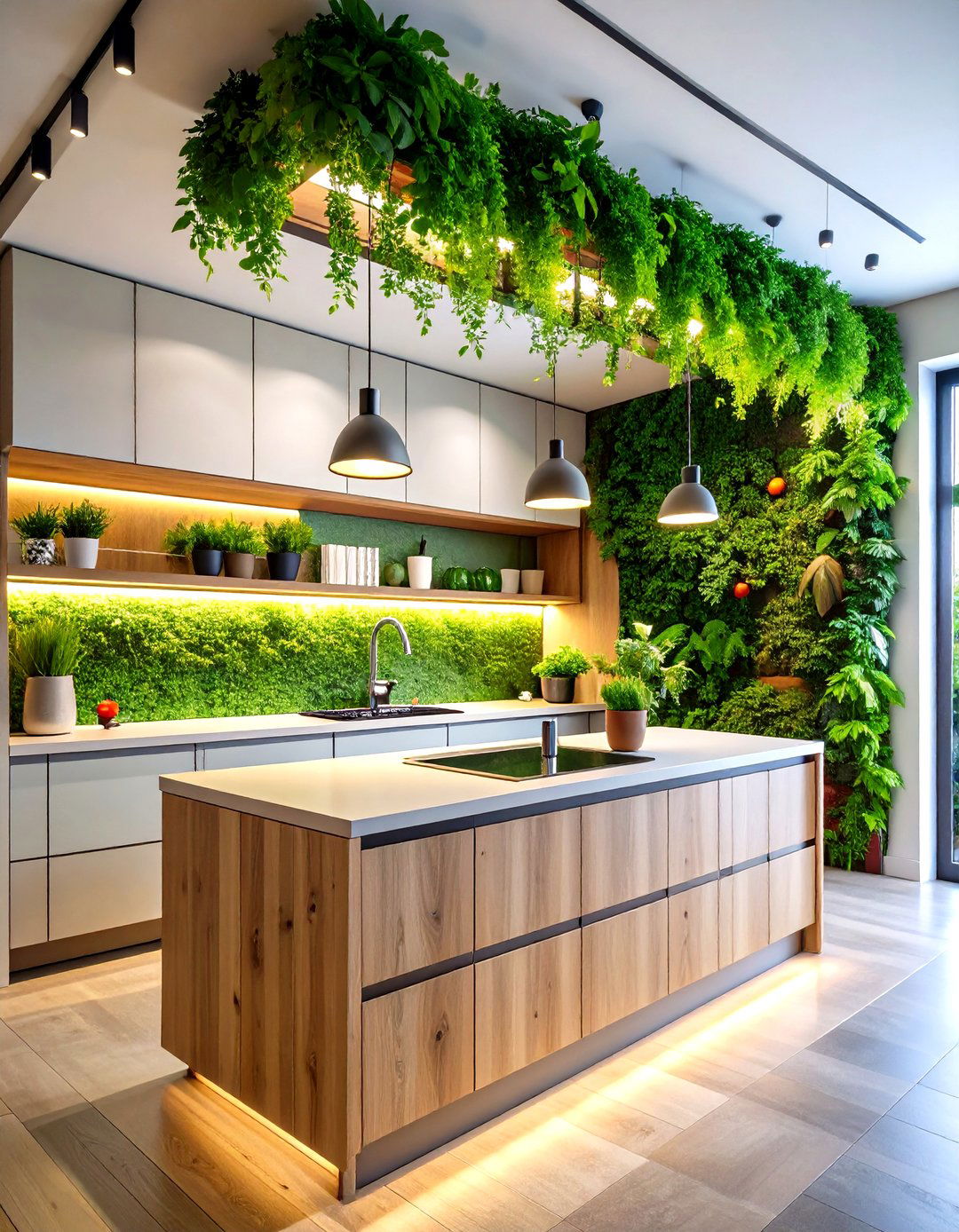
By bringing nature indoors, a biophilic office kitchen helps employees destress and refocus without leaving the floor. Designers recommend integrating living moss panels or trailing pothos above splash zones to maximize mood-lifting greenery without compromising hygiene. Low-maintenance LED grow lights tucked under cabinets keep plants thriving even in windowless corners. Consider combining the green wall with reclaimed-wood shelving for a tactile, eco-friendly aesthetic; research shows natural textures reinforce the restorative benefits of plants and can cut perceived stress within minutes of exposure.
3. Healthy Snack Display Office Kitchen
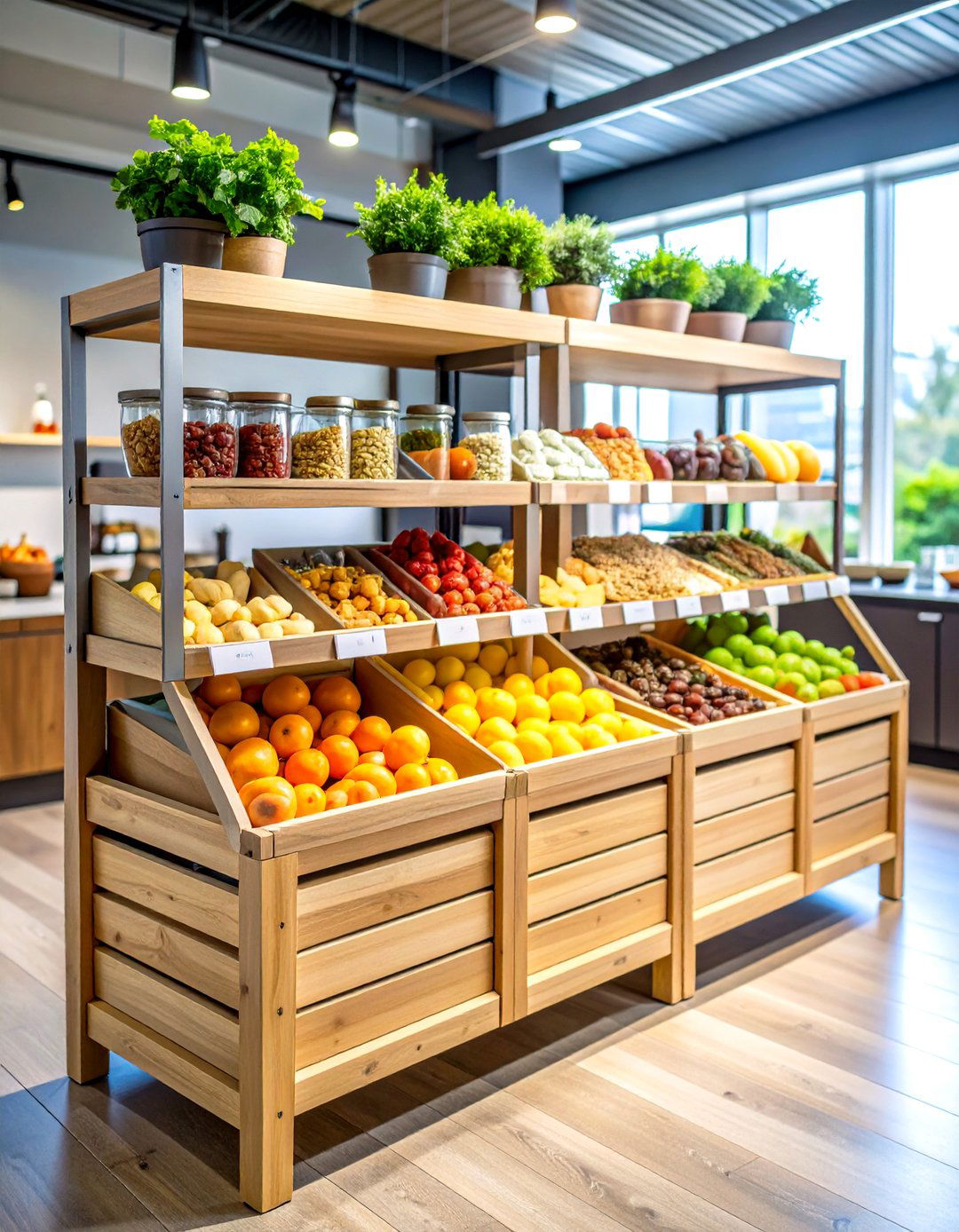
For nutrition that’s impossible to ignore, install an open, market-style Healthy Snack Display in the office kitchen. Fresh-fruit crates, portion-controlled nut towers, and color-coded labels nudge teams toward better choices and curb the 3 p. m. sugar crash. Rotating seasonal produce keeps the spread exciting, while QR codes beside each bin link to quick recipes or allergen details. Pair the display with a small whiteboard titled “Tried it? Rate it! ” so staff can vote up favorites, giving facilities teams data to refine future orders.
4. Touchless Hygiene Office Kitchen Station
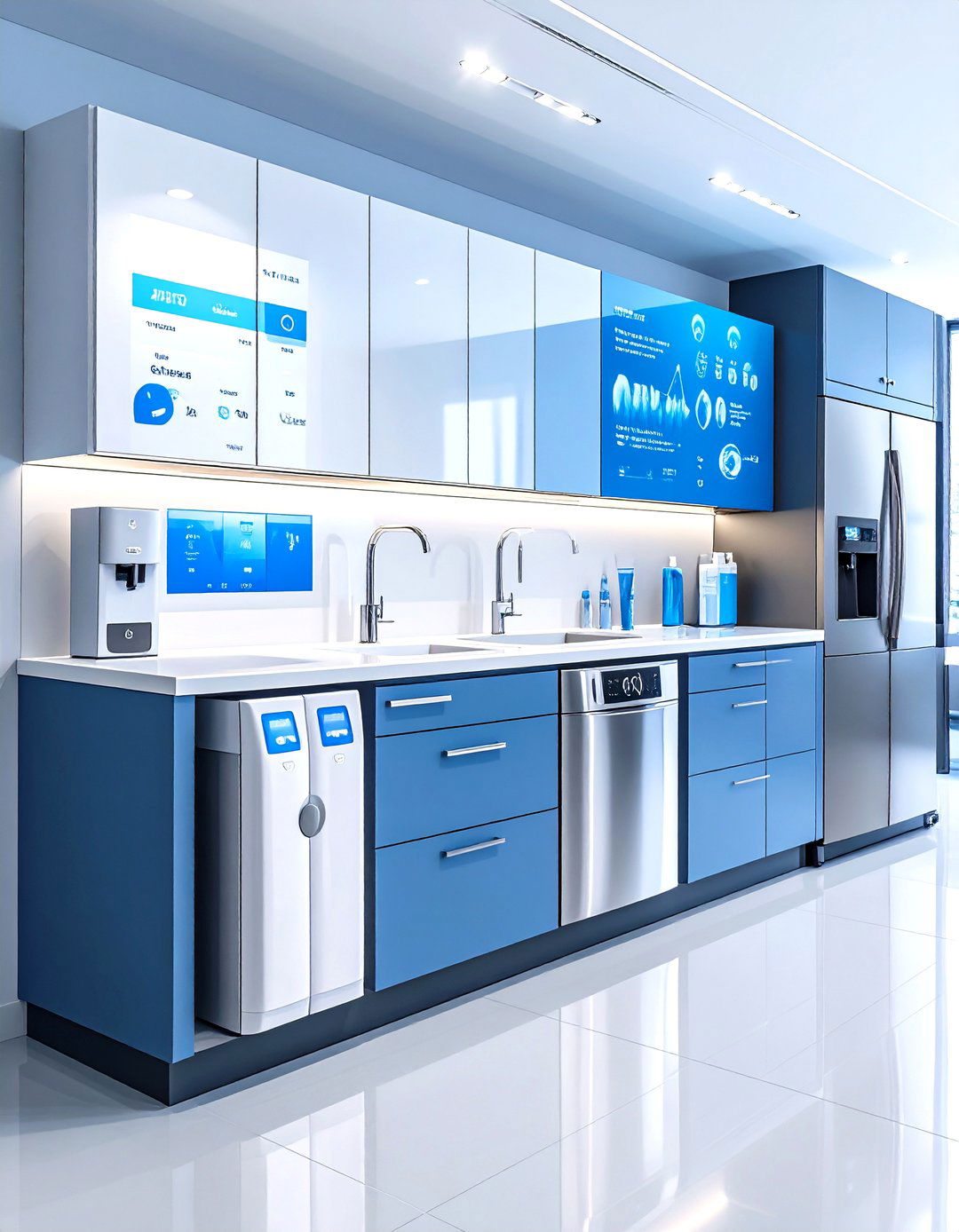
Unlike traditional taps, a sensor-activated faucet slashes germ transfer, conserves water, and feels satisfyingly high-tech. Studies list improved hygiene and measurable water savings as the top benefits of touchless fixtures in shared spaces. Add motion-activated soap dispensers and paper-towel drawers that open with a wave, ensuring employees stay mindful of sanitation. A small infographic above the sink quantifies gallons saved each month, turning conservation into a friendly competition between departments.
5. Compost & Recycling Office Kitchen Center

Owing to rising ESG benchmarks, a combined compost-and-recycling zone signals serious environmental intent. Compact, odor-free countertop shredders pre-compost food scraps before they hit the bin, solving the “smelly plate” objection that kills many green programs. Clear signage outlines what belongs where, and a weekly Slack reminder celebrates the weight diverted from landfill. If local haulers accept bio-waste, post your certificates proudly on the cabinet door to showcase the company’s carbon-cutting wins.
6. Standing-Height Eat-In Office Kitchen Table
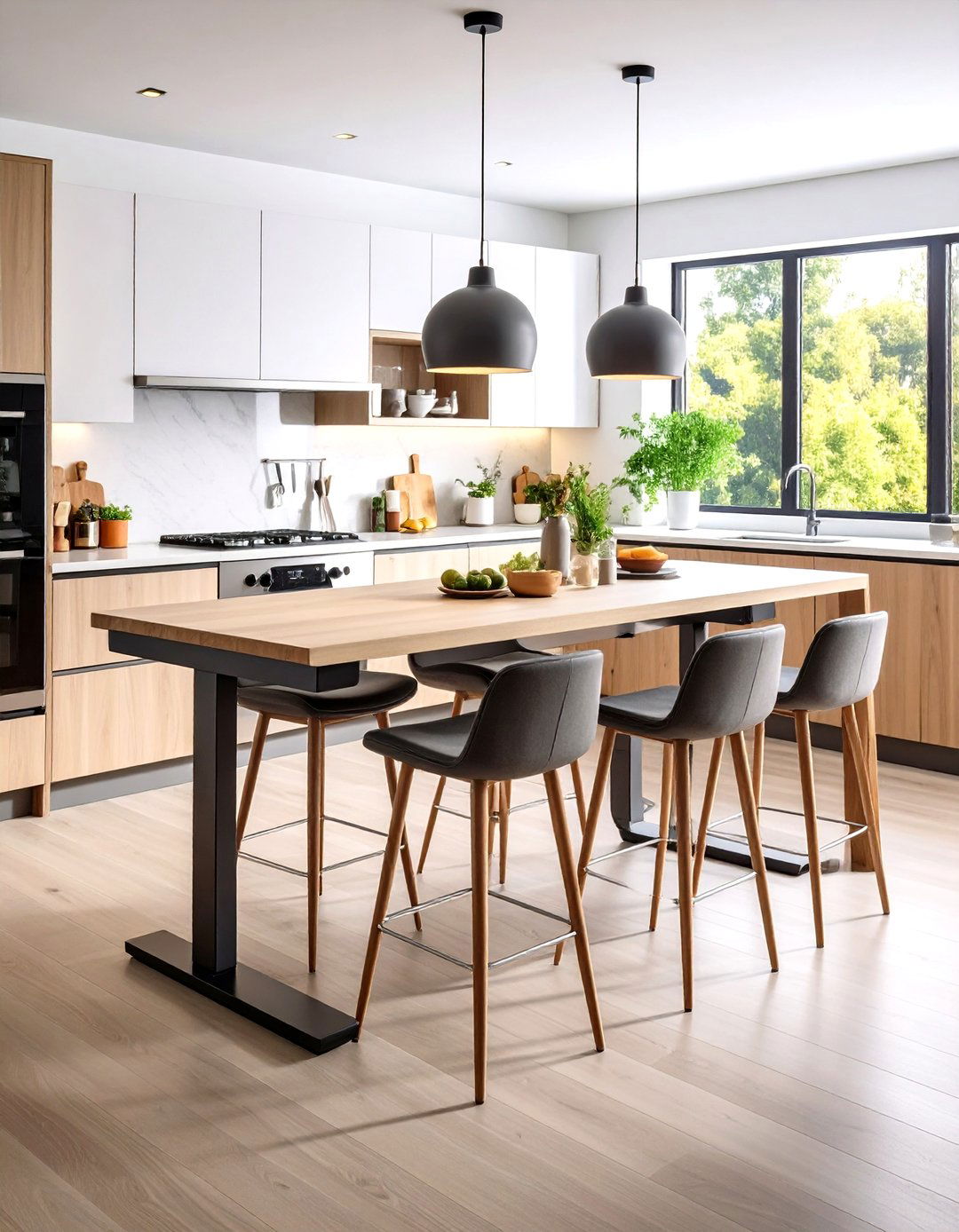
Take well-being up a notch by swapping one traditional lunch table for a sturdy, height-adjustable bar where colleagues can perch or stand while they chat. Ergonomic research ties standing breaks to improved posture and a subtle uptick in calorie burn, and commercial suppliers now offer budget-friendly electric bases sized for kitchens. Provide a few anti-fatigue mats and set the table’s memory presets to popular heights so everyone — from interns to execs — feels immediately comfortable.
7. Organized Fridge Office Kitchen System
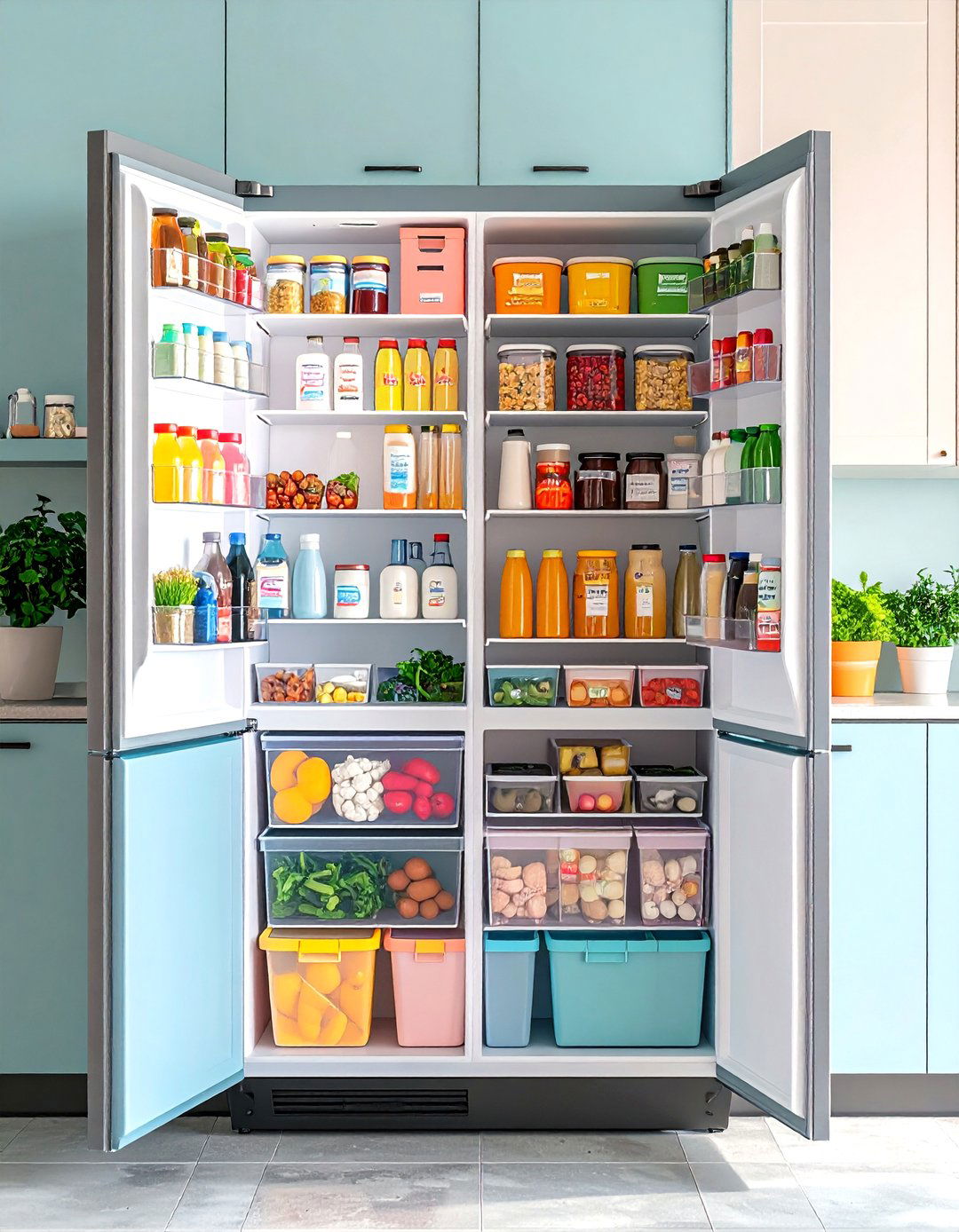
Certainly, an Organized Fridge System prevents “mystery Tupperware” science projects and reduces food waste. Professional organizers recommend clear bins, wipe-clean labels, and weekly shelf resets to keep perishables visible and staff accountable. Color coding can designate team zones, while a magnetic whiteboard on the door logs expiration dates. Encourage weekend clean-outs by raffling gift cards to those who empty their items on Friday, turning maintenance into a game.
8. Multilingual Signage Office Kitchen
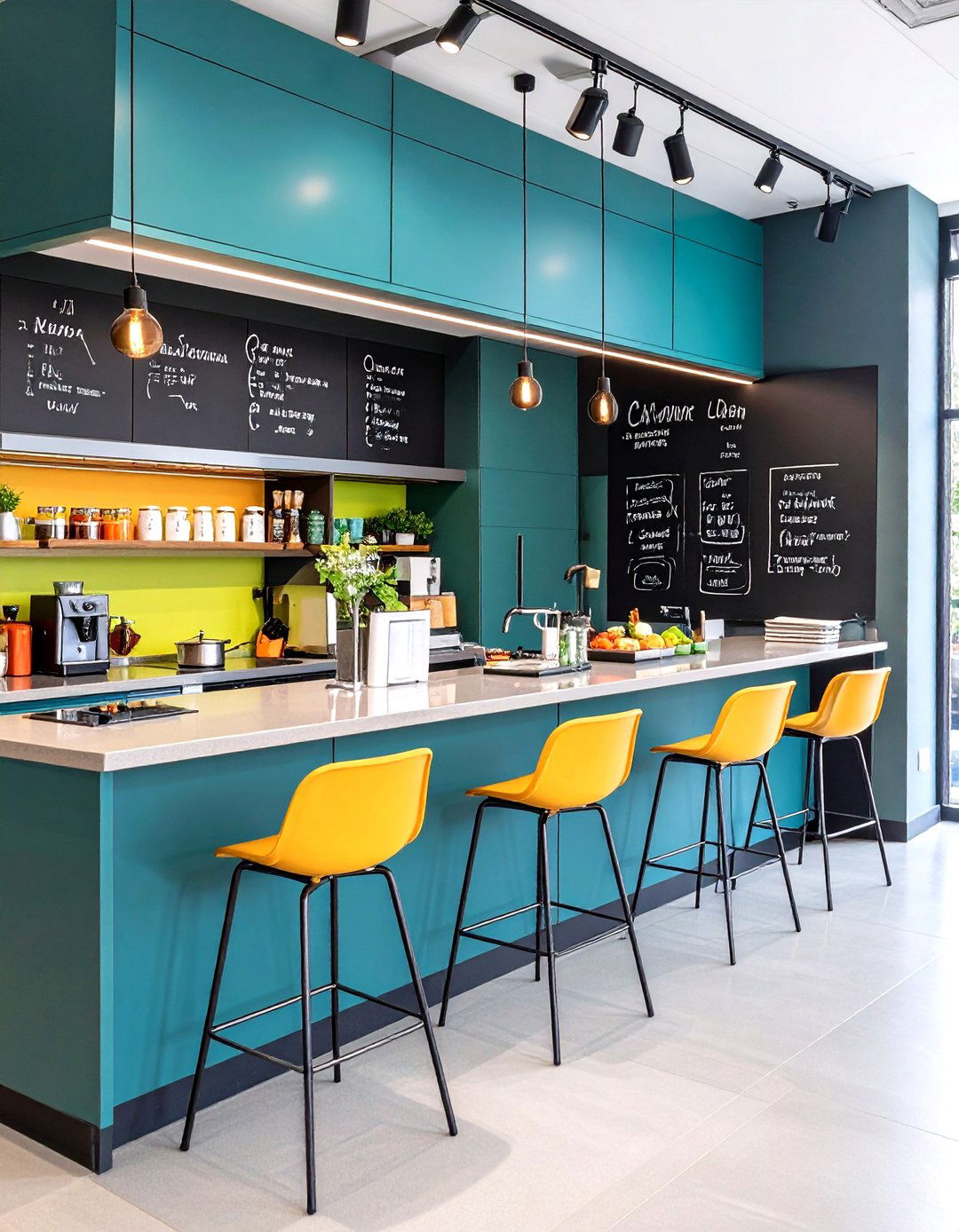
Consider multilingual signage that welcomes every colleague and clarifies etiquette without awkward reminders. Affordable custom prints (or even chalkboard decals) can spell out “Please rinse dishes” or “Label leftovers” in the five most common workplace languages, fostering inclusivity and reducing misunderstandings. Pair icons with text so visitors and contractors grasp rules instantly, boosting compliance and community spirit alike.
9. Energy-Efficient Appliances Office Kitchen
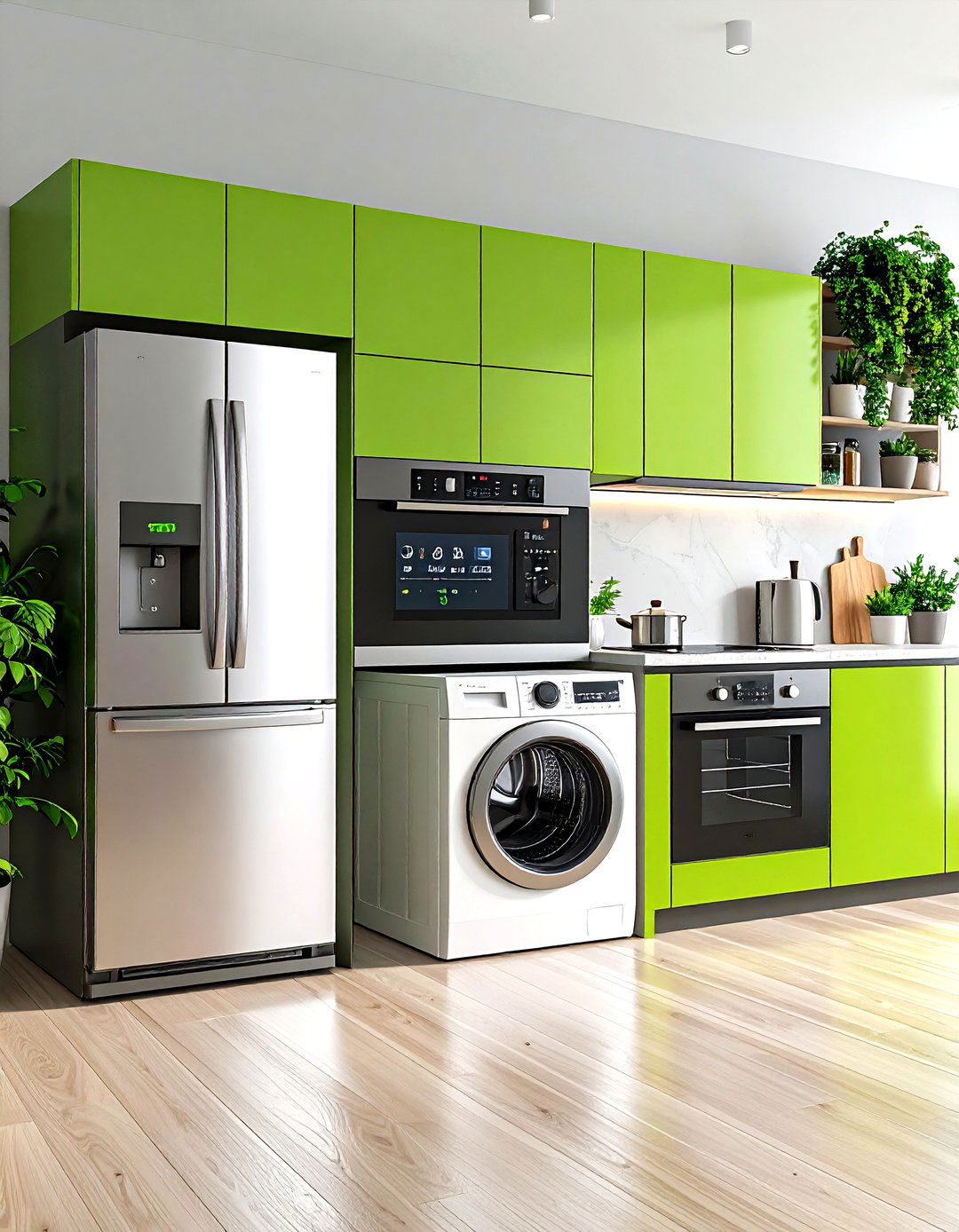
With utility rates climbing, investing in ENERGY STAR-rated refrigerators, dishwashers, and induction cooktops cuts costs while shrinking your carbon footprint. Post the estimated annual kilowatt savings on a small plaque beside each unit to demonstrate ROI. Some firms negotiate rebates from local power companies — an upfront budget win — so loop facilities and finance into early planning.
10. Acoustic Panels Office Kitchen Sound Control
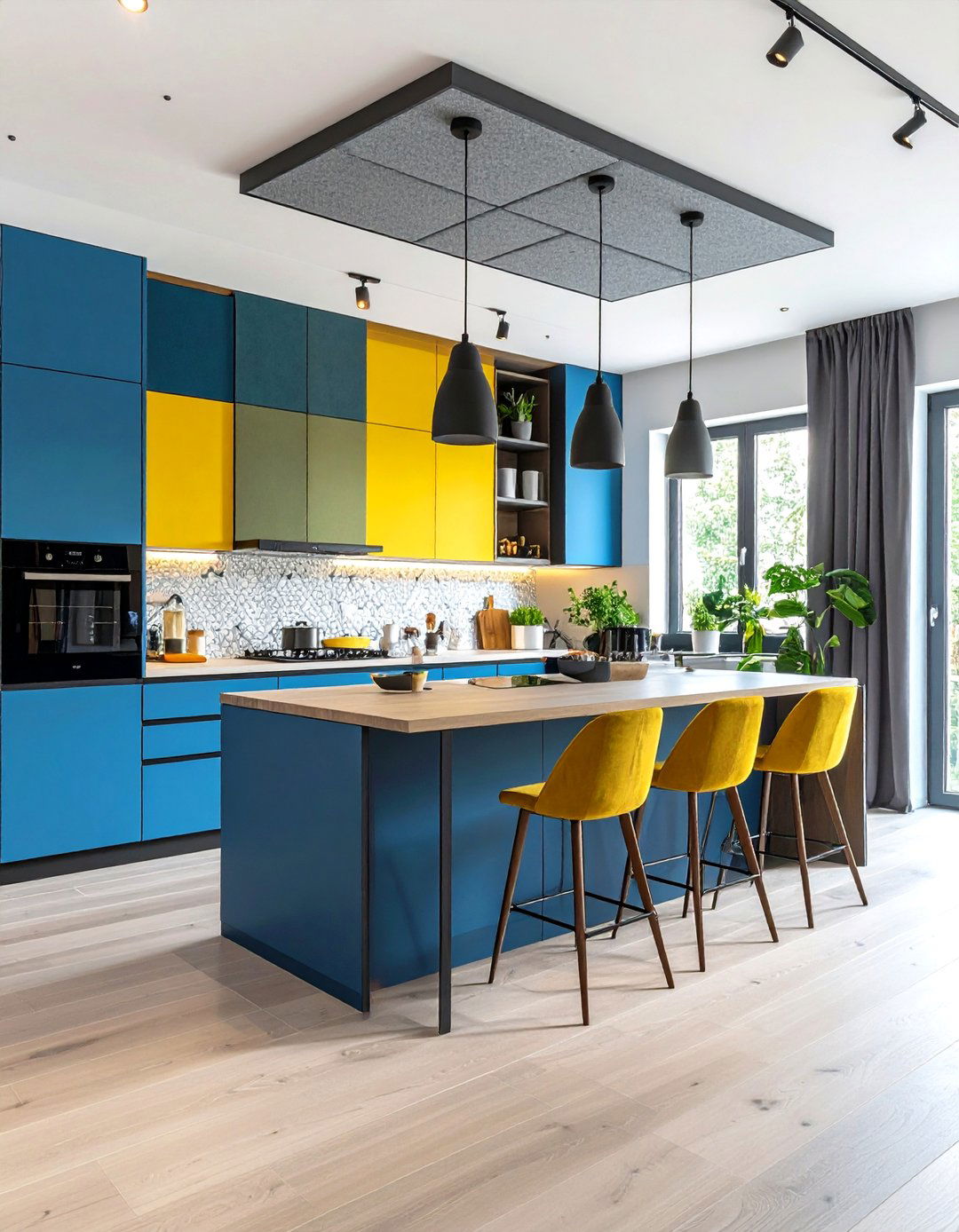
Despite cheerful chatter, uncontrolled clatter can sabotage relaxation. Sound-absorbing ceiling baffles or fabric wall tiles soak up echoes, lowering decibel levels and stress hormones during breaks. Choose panels in your brand colors or felt tiles that double as pin-boards for office announcements, getting two functions from one investment.
11. Flexible Seating Nooks Office Kitchen
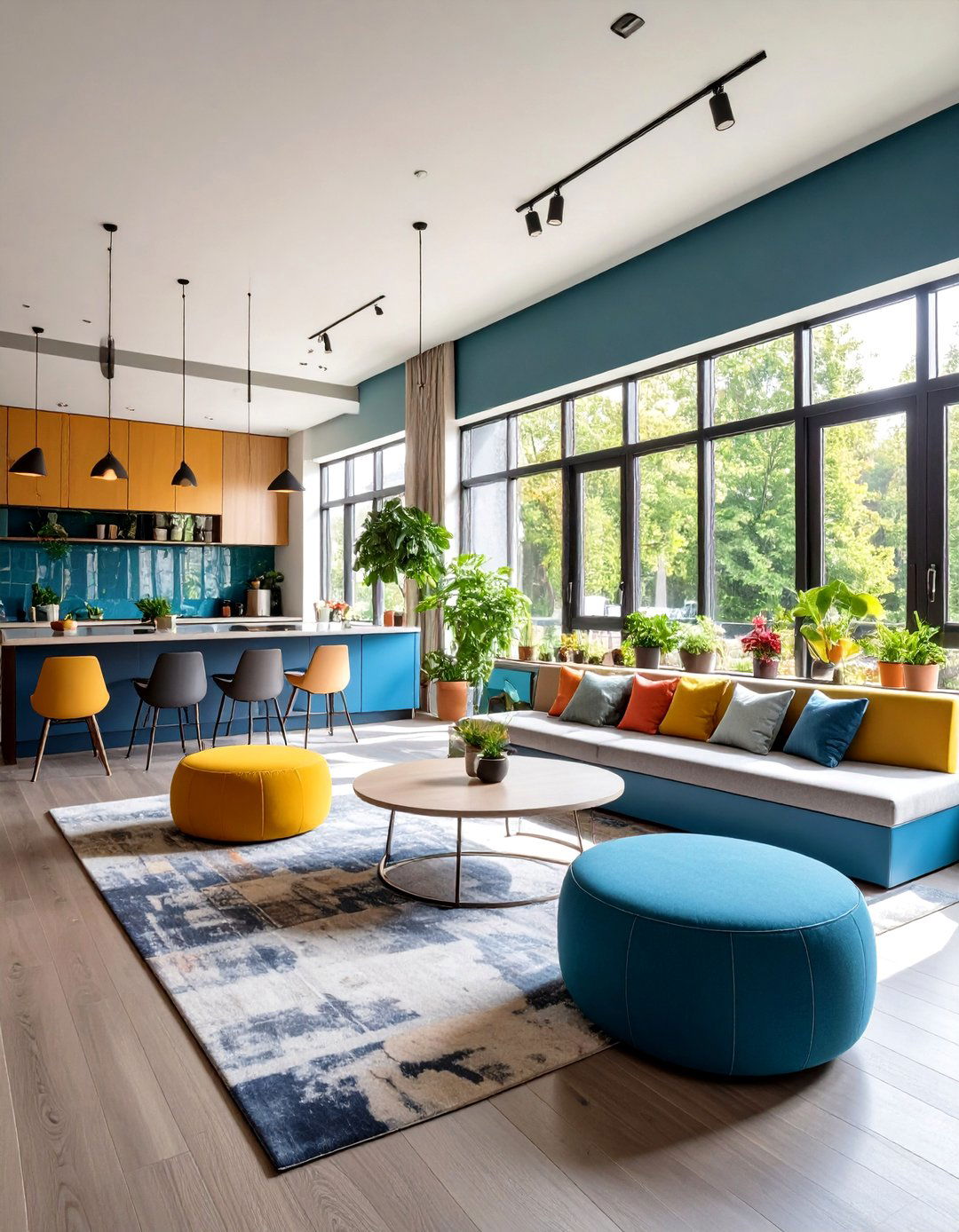
Another upgrade is carving out Flexible Seating Nooks — think café booths, window benches, or movable poufs — so teams can pick the vibe that suits them. Interior-design trend-watchers say hybrid “old-meets-new” layouts balance communal and quiet zones, letting spaces evolve as culture shifts. Lightweight furniture on casters makes reconfiguration a two-minute job, perfect for lunchtime brainstorms or after-hours socials.
12. Hydration Refill Office Kitchen Bar
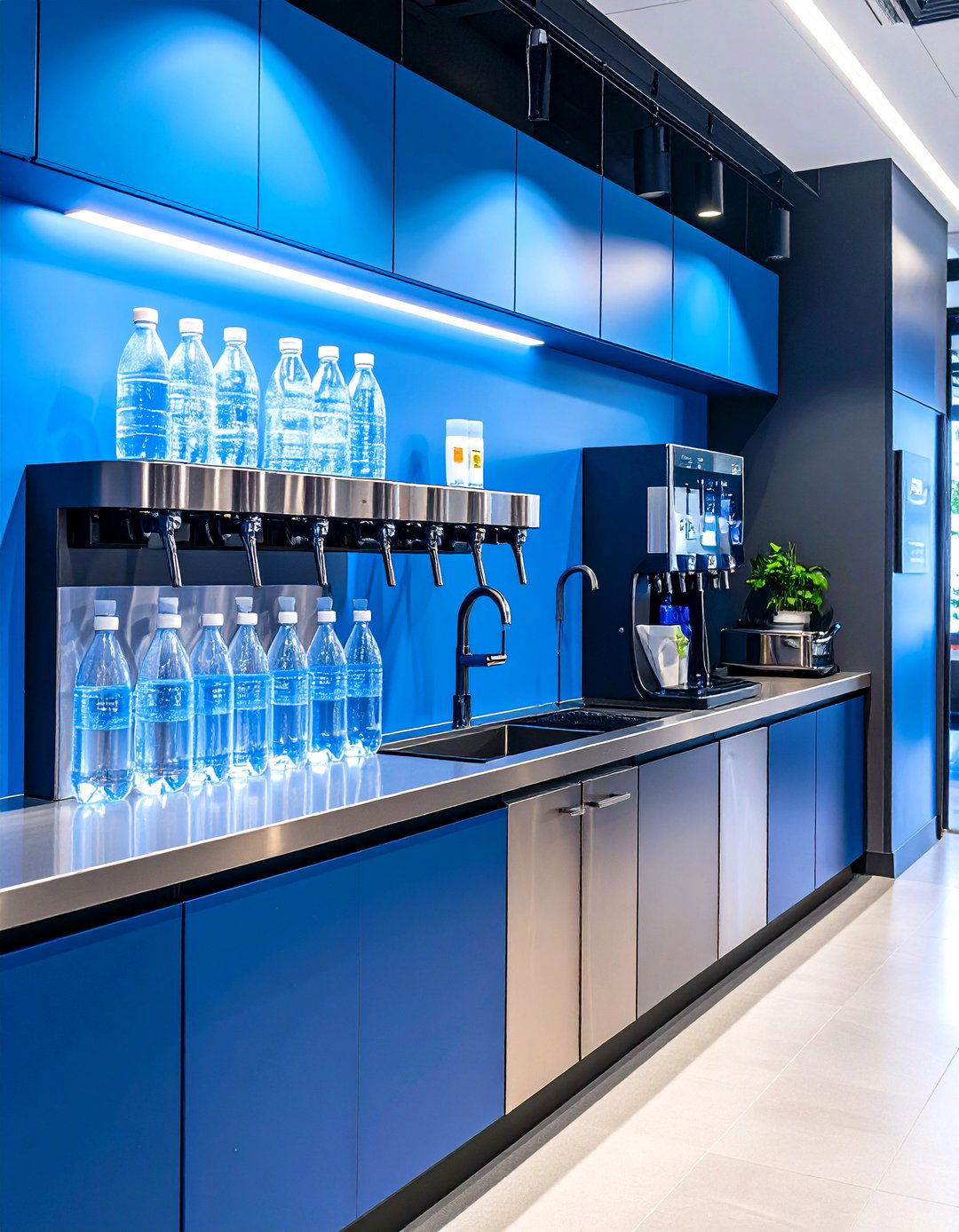
To encourage hydration, install a touchless bottle-filling fountain that tallies plastic bottles avoided, plus a sparkling-water tap for fizz fans. Mount a leaderboard nearby showing department-by-department refill counts, nudging friendly rivalry and keeping single-use plastic firmly off the agenda.
13. Self-Service Micro Market Office Kitchen
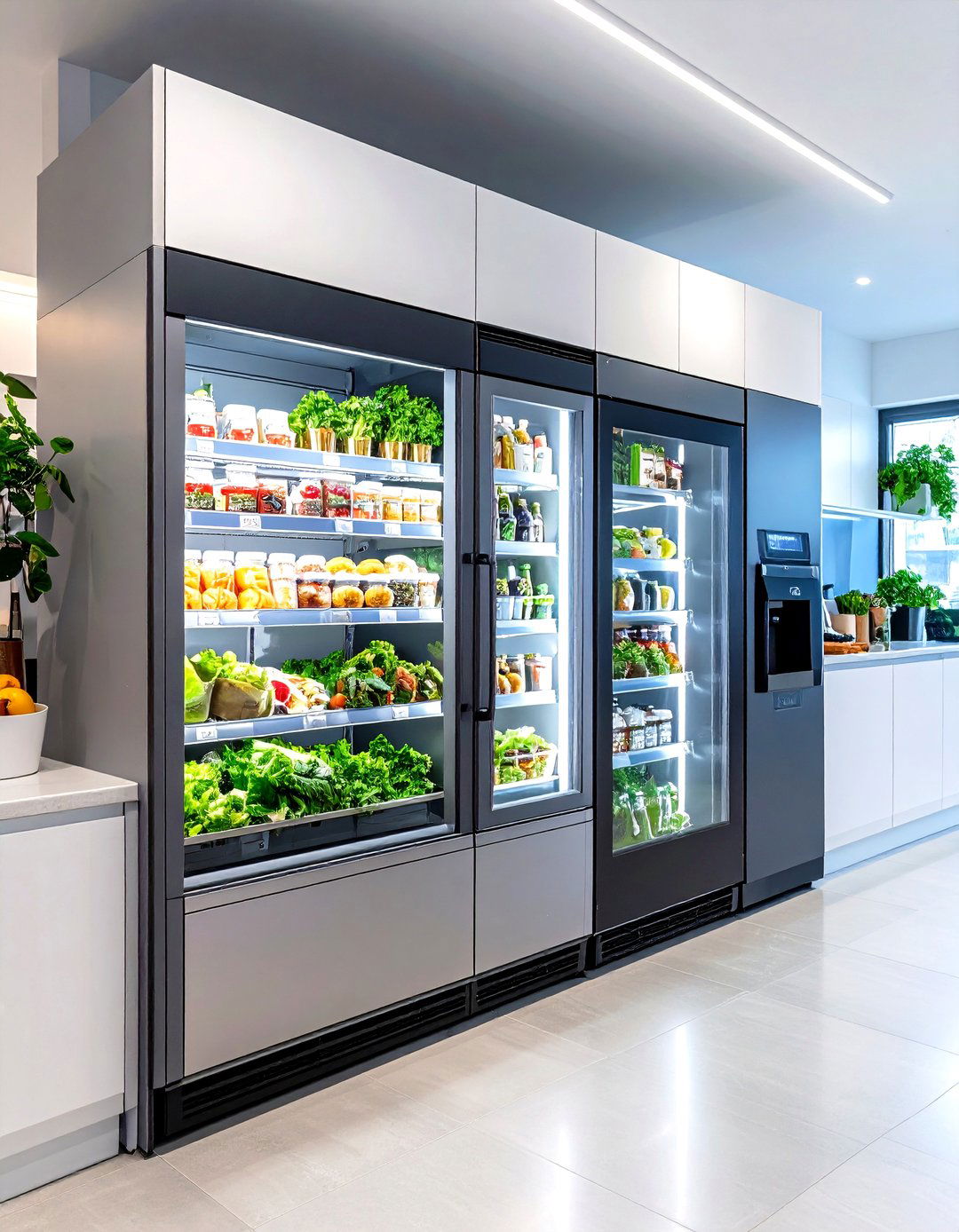
Surprisingly, a micro-market — open shelves, smart fridges, and self-checkout kiosks — replaces limited vending machines with fresh meals, salads, and protein snacks. Operators cite wider choice and contact-free payments as big draws for 2025 workplaces. Because revenue shares offset stocking costs, even smaller firms can pilot markets without blowing the budget.
14. Digital Menu Board Office Kitchen Communication
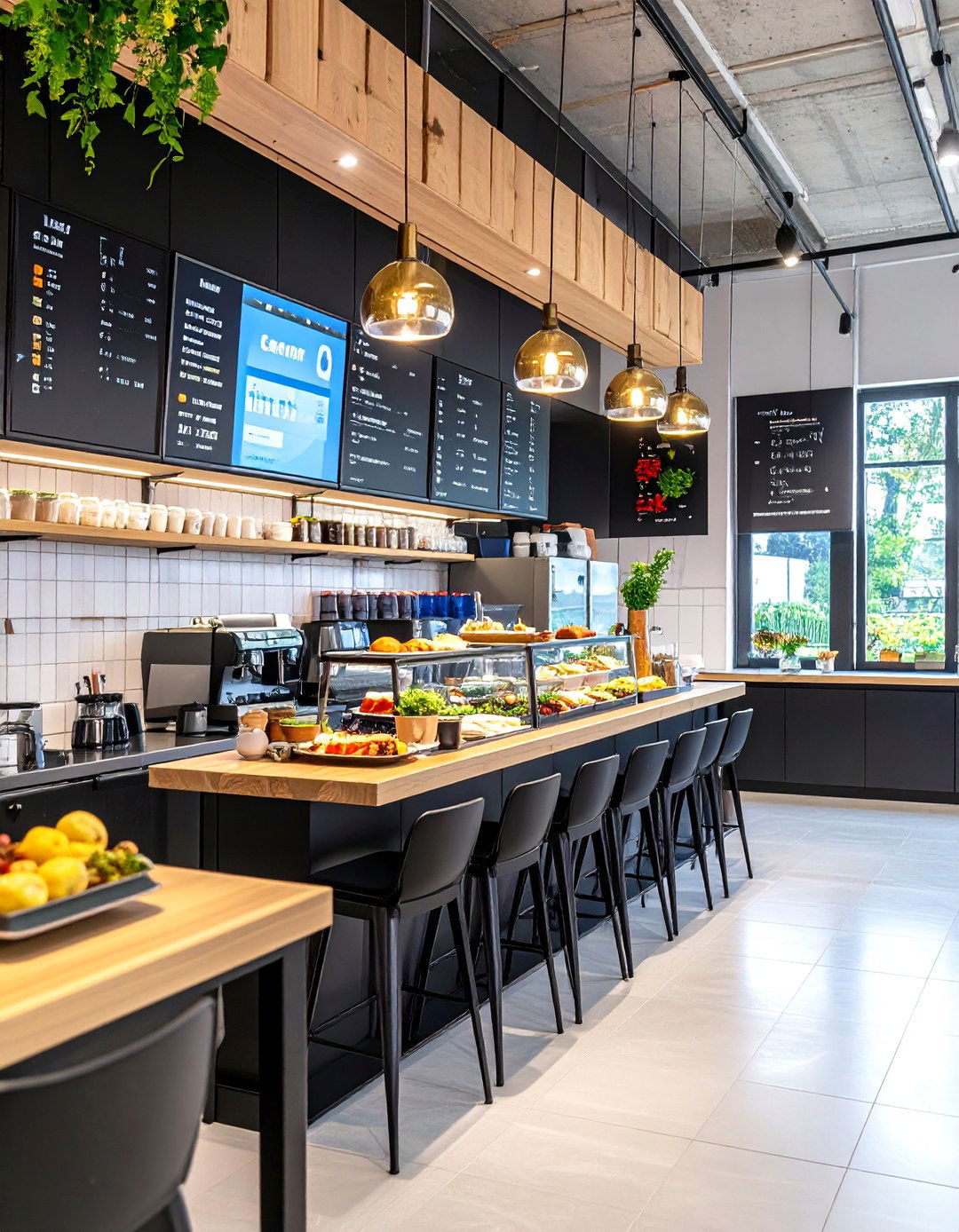
As research on break-room digital signage shows, swapping paper notices for a cloud-managed screen keeps staff informed about cafeteria specials, wellness challenges, and birthdays in real time. Rotate uplifting quotes or mini-quizzes between updates to encourage micro-learning alongside meal planning.
15. Modular Storage Office Kitchen Cabinets
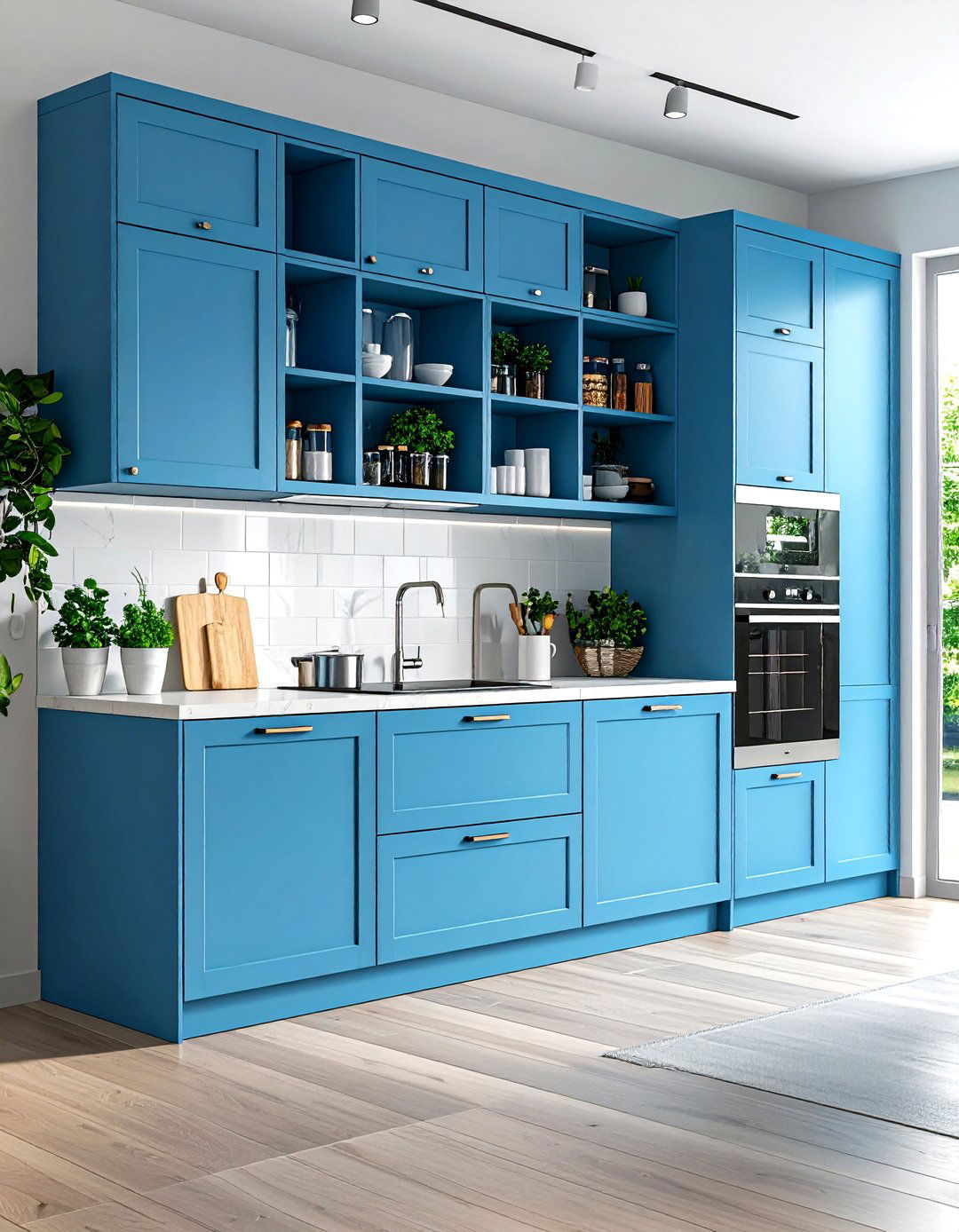
The next upgrade is modular cabinetry with adjustable shelves — an office-kitchen essential when teams grow or reorganize. Transitional-style designs mix classic Shaker doors and modern hardware, ensuring longevity through décor trends. Add pull-out trays for small appliances so counters stay clutter-free, and label each module (e. g. , “blenders, ” “glassware”) for grab-and-go efficiency.
16. Community Recipe Board Office Kitchen
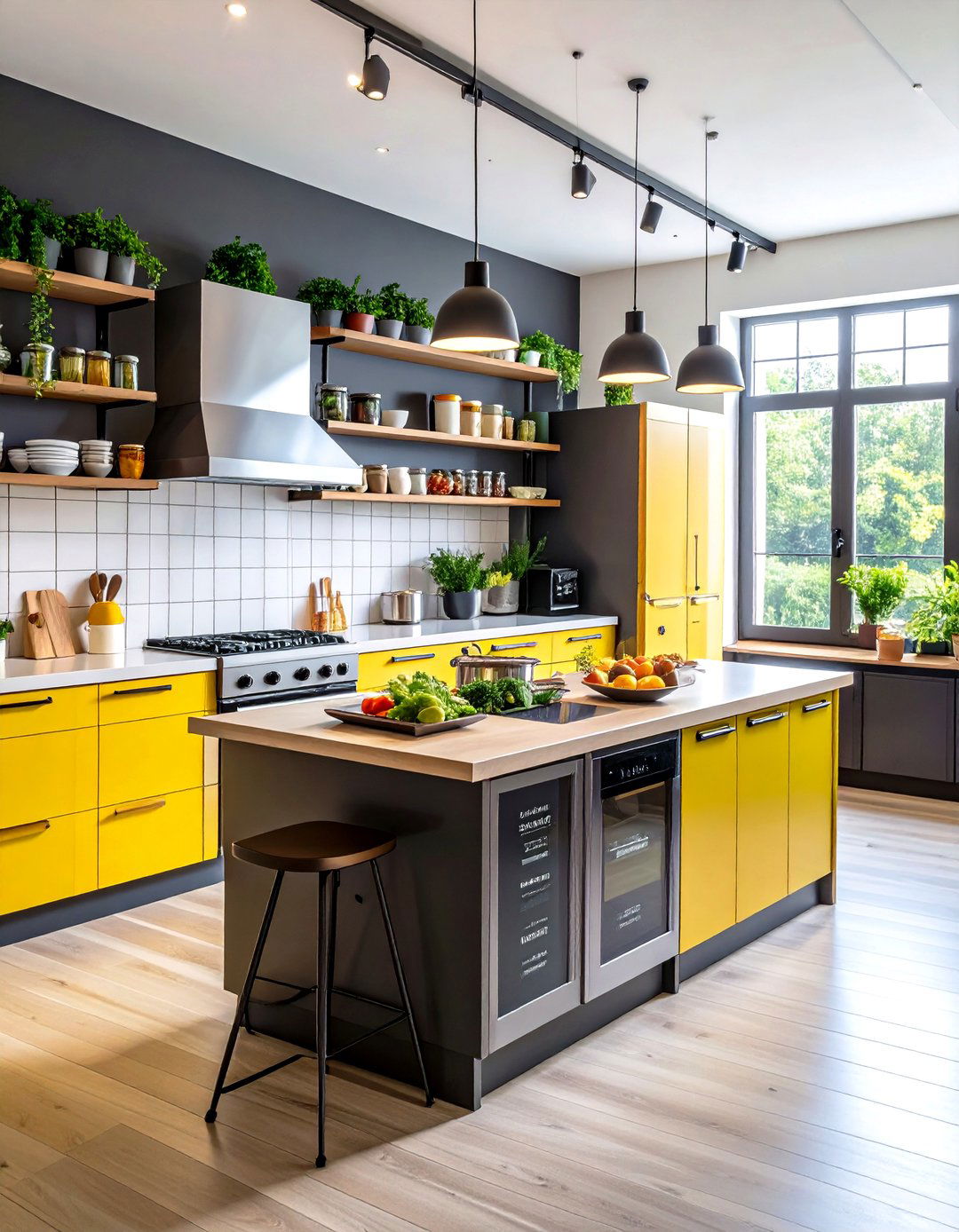
Looking to spark conversation? A Community Recipe Board lets colleagues pin family favorites or healthy hacks, celebrating diversity while solving the perennial “what’s for dinner? ” dilemma. Digital signage software can cycle scanned cards on the kitchen screen, blending analog charm with tech convenience. Quarterly cook-offs based on the top-rated recipe reinforce team bonding.
17. Zero-Waste Bulk Dispensers Office Kitchen
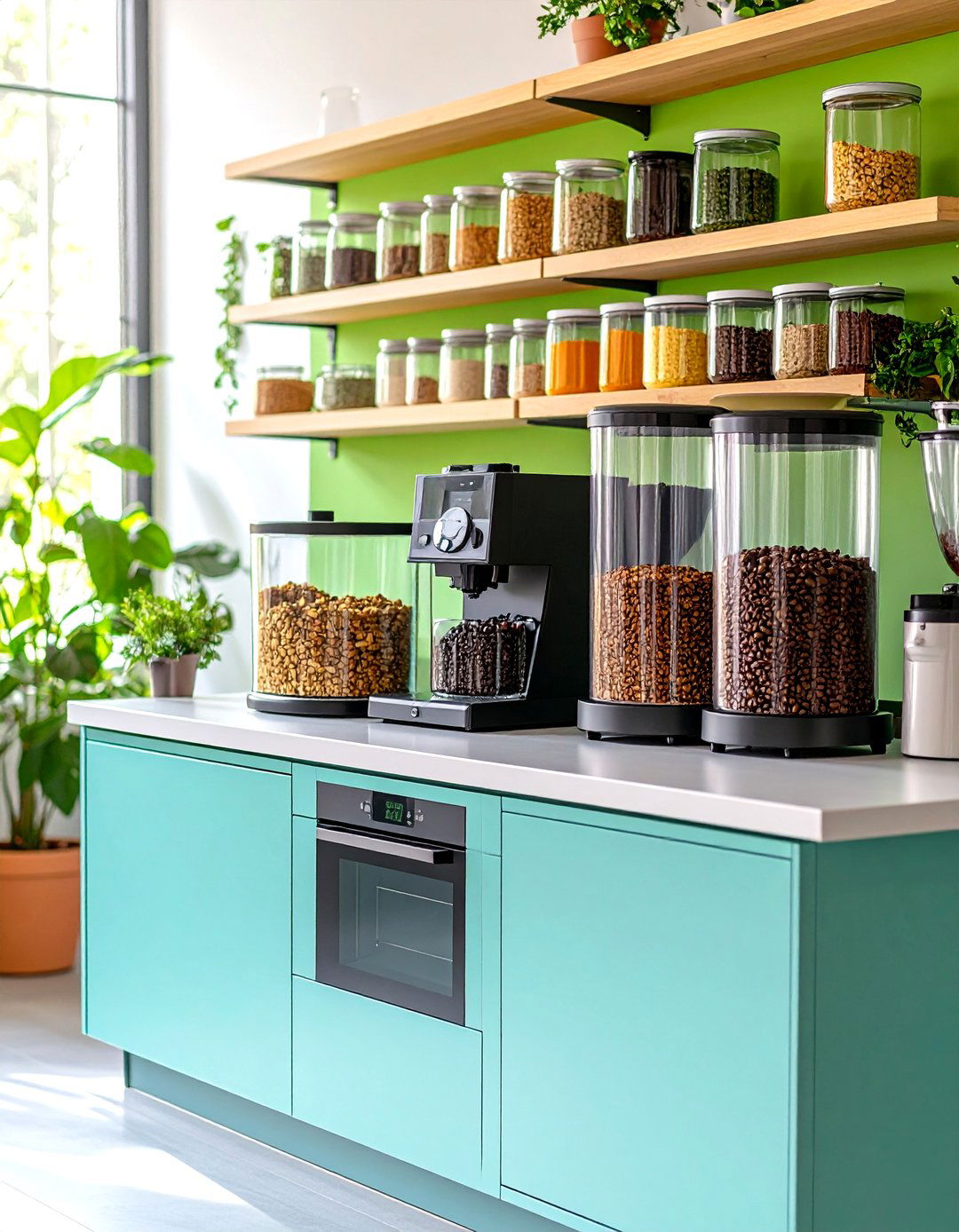
By stocking zero-waste bulk dispensers for cereals, trail mix, or coffee beans, the office kitchen slashes packaging and purchasing costs simultaneously. Workplace sustainability blogs highlight compact countertop silos paired with washable jars as an easy entry point. A small scale nearby lets staff measure portions accurately, curbing over-serving and keeping inventory predictable.
18. ADA-Compliant Accessible Office Kitchen Layout
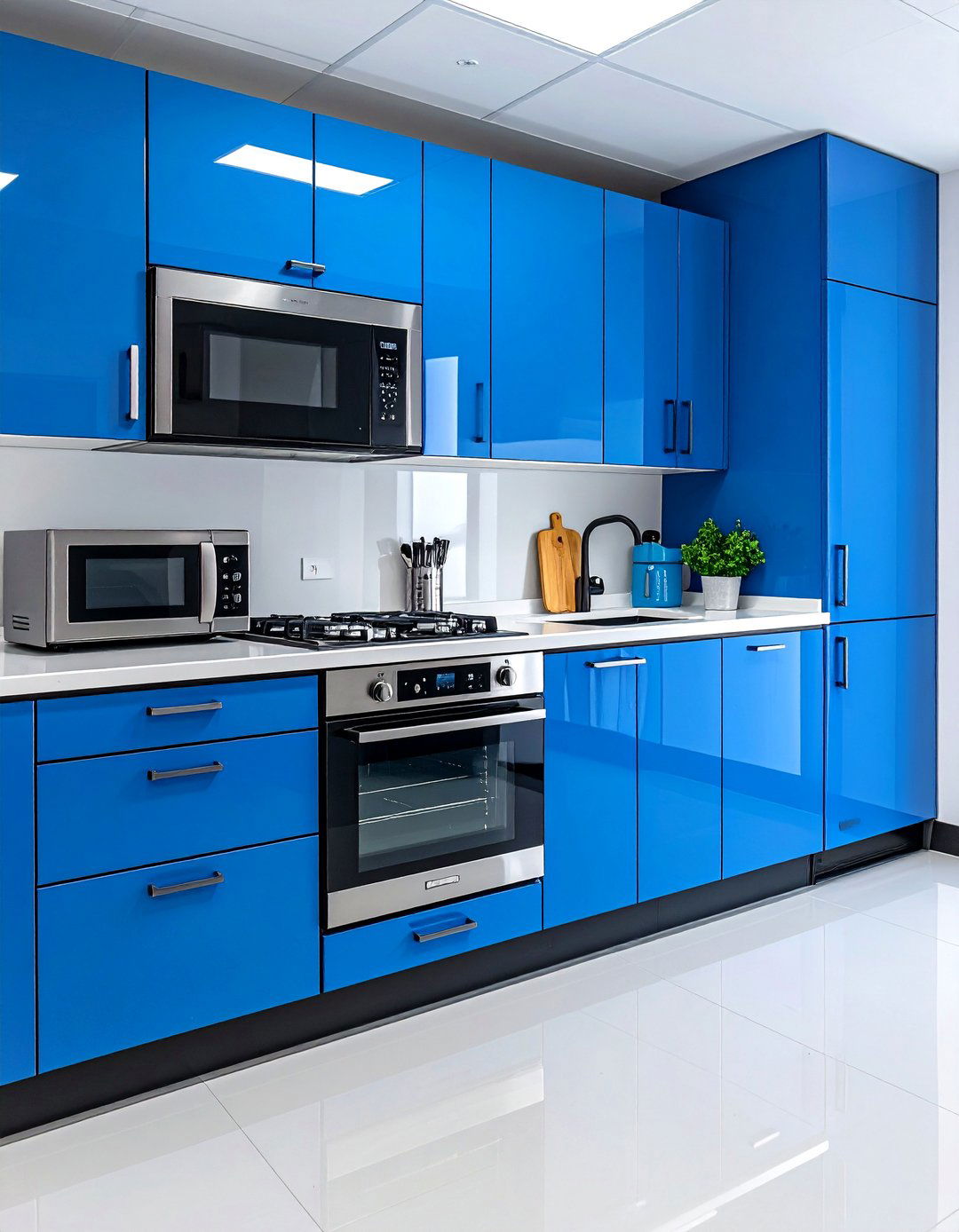
An ADA-compliant layout is non-negotiable: 60-inch turn radii, lever-style handles, and lowered microwaves ensure every employee prepares food comfortably. Install contrasting floor edges for low-vision guidance and keep heavy items on mid-height shelves. Universal access sends a powerful message of respect and boosts overall workplace safety.
19. Mood-Lighting Layers Office Kitchen
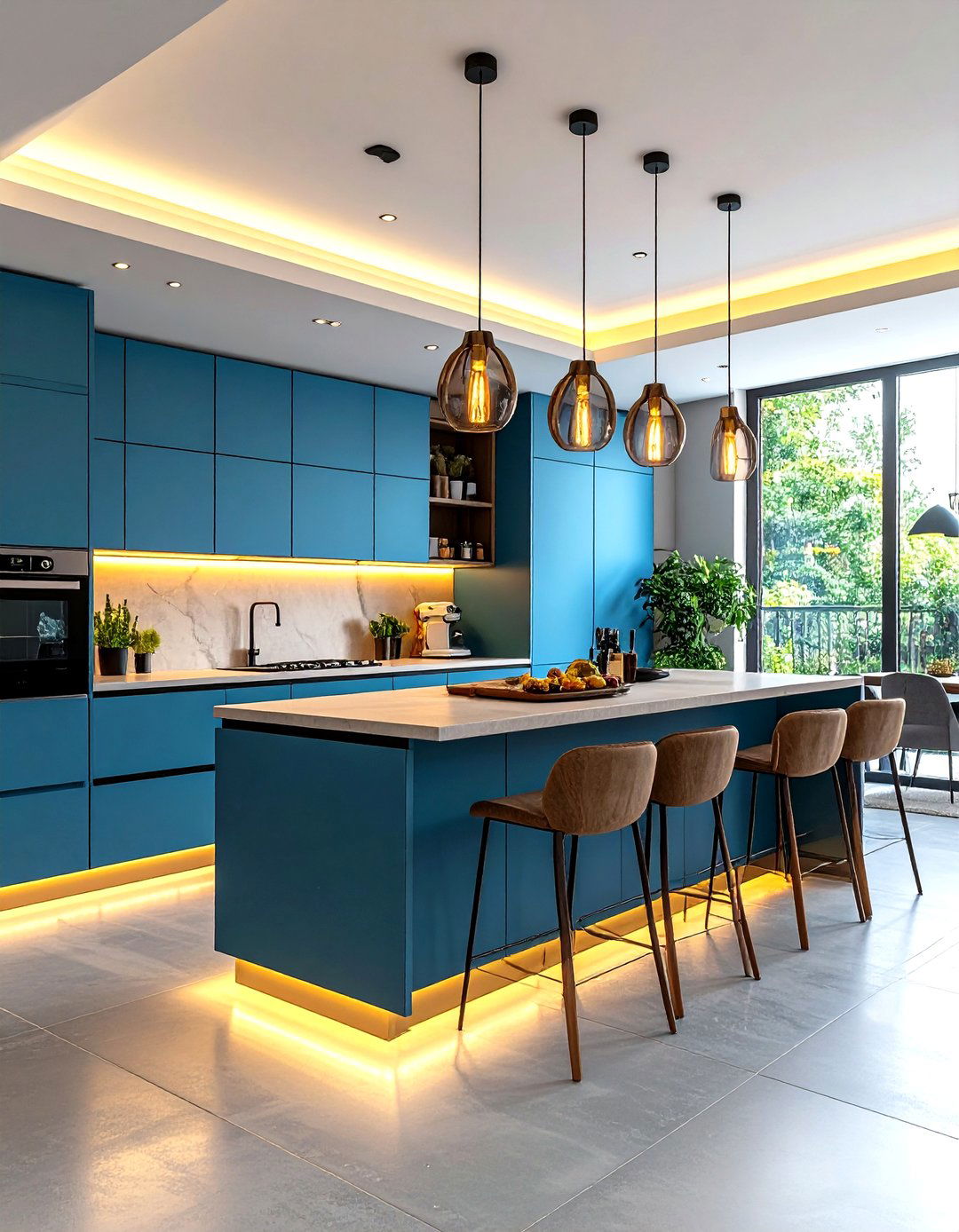
The right lighting layers — ambient pendants, task LEDs under cabinets, and soft accent strips — shift an office kitchen from harsh to hospitable. Lighting experts emphasize that balancing these three layers reduces eye strain and flatters food presentation. Smart dimmers can drop brightness during after-hours events, turning lunch space into an informal evening venue without extra décor.
20. Team Cooking Workshop Office Kitchen Zone

When teammates chop side by side, a Cooking Workshop Zone turns the office kitchen into a live team-building lab. Corporate cooking classes boost communication, creativity, and morale, even for mixed skill levels. Stock a roll-away rack with induction burners and communal pans, then invite local chefs for lunchtime demos. Photos from each session make great content for the employer-brand feed.
21. Seasonal Décor Rotation Office Kitchen
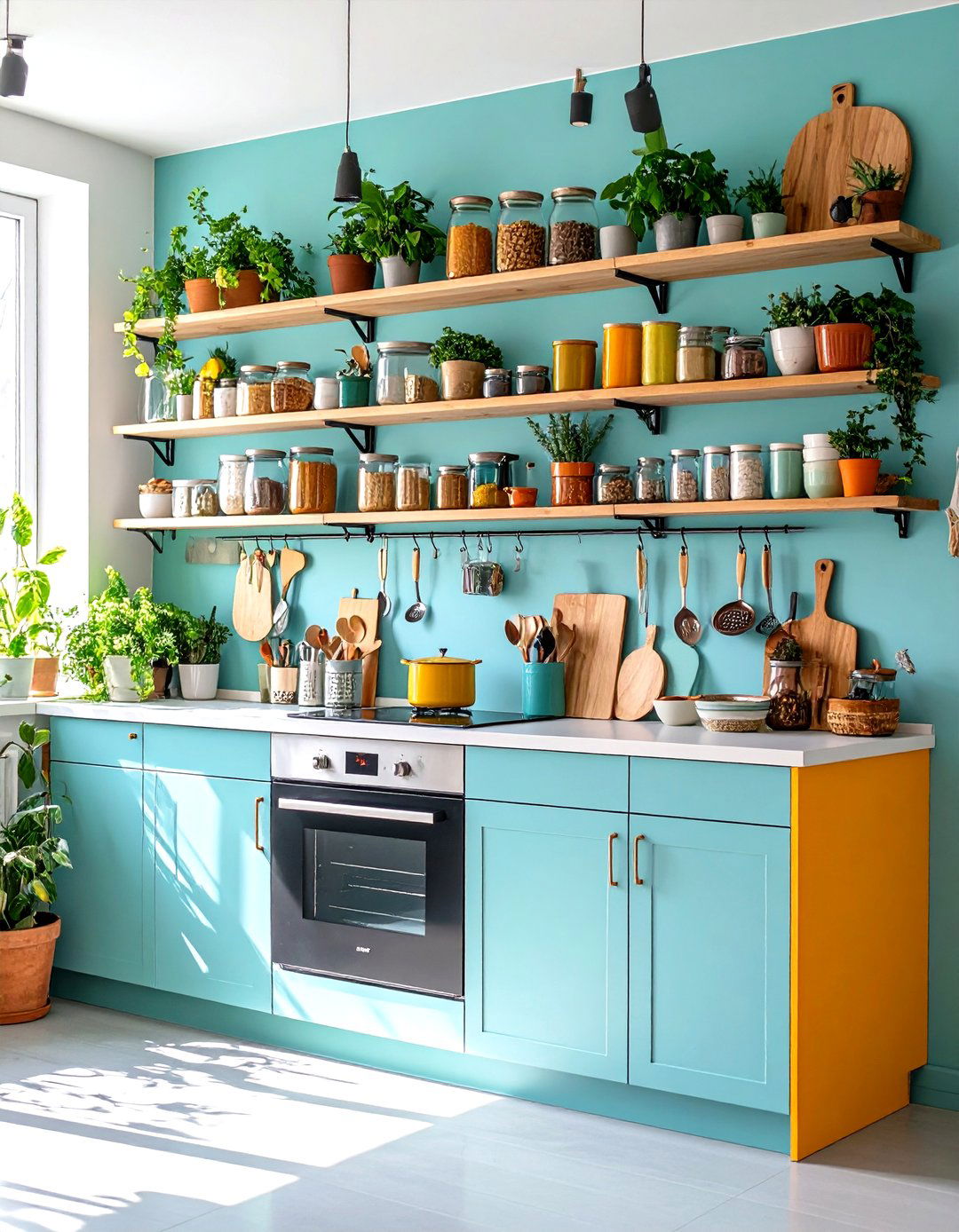
At the change of every quarter, refresh wall art, tabletop centerpieces, or color-coordinated utensil holders to keep the space feeling new. Budget-friendly interior blogs suggest upcycling materials — think reclaimed wood frames or fabric banners — to avoid costly overhauls while still delivering visual delight. A quick décor swap also signals that leadership notices and cares about the environment people eat in daily.
22. Cultural Food Days Office Kitchen Display

What better way to celebrate diversity than monthly Cultural Food Days? HR playbooks recommend posting a calendar of global holidays and letting employees nominate dishes or local restaurants to spotlight each one. Pop-up info cards can teach the story behind samosas for Diwali or dumplings for Lunar New Year, broadening palates and perspectives in a single lunch break.
23. Mobile Refreshment Trolley Office Kitchen Extension
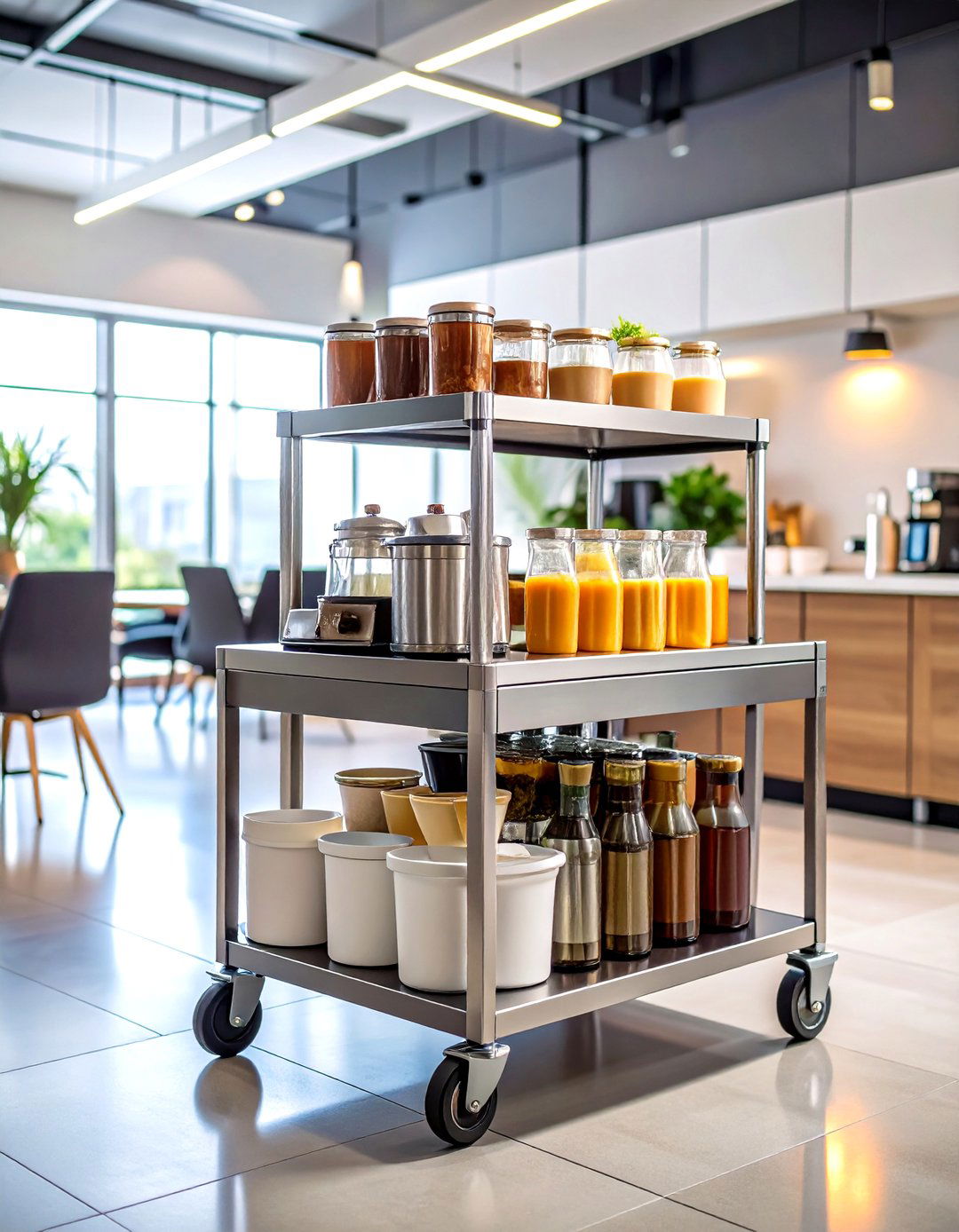
A Mobile Refreshment Trolley bridges the gap between kitchen and conference room, rolling coffee, tea, or cold-pressed juice straight to brainstorms and client calls. Office-furniture vendors now offer lockable, steel-frame carts with spill-proof tops that look polished enough for boardrooms. Stock it each morning and let departments book the cart via shared calendar, ensuring no meeting limps along caffeine-free.
24. Lounge-Adjacent Office Kitchen Comfort Corner

Strategically placing a sofa-filled lounge next to the office kitchen gives teams a change of scenery without trekking across the building. Workplace-design researchers tie lounge areas to reduced fatigue and increased spontaneous collaboration. Sound-absorbing rugs, USB-charging side tables, and a soft-serve music playlist complete the “micro-retreat, ” encouraging shorter but more restorative breaks.
25. Smart Sensor-Enabled Office Kitchen Management
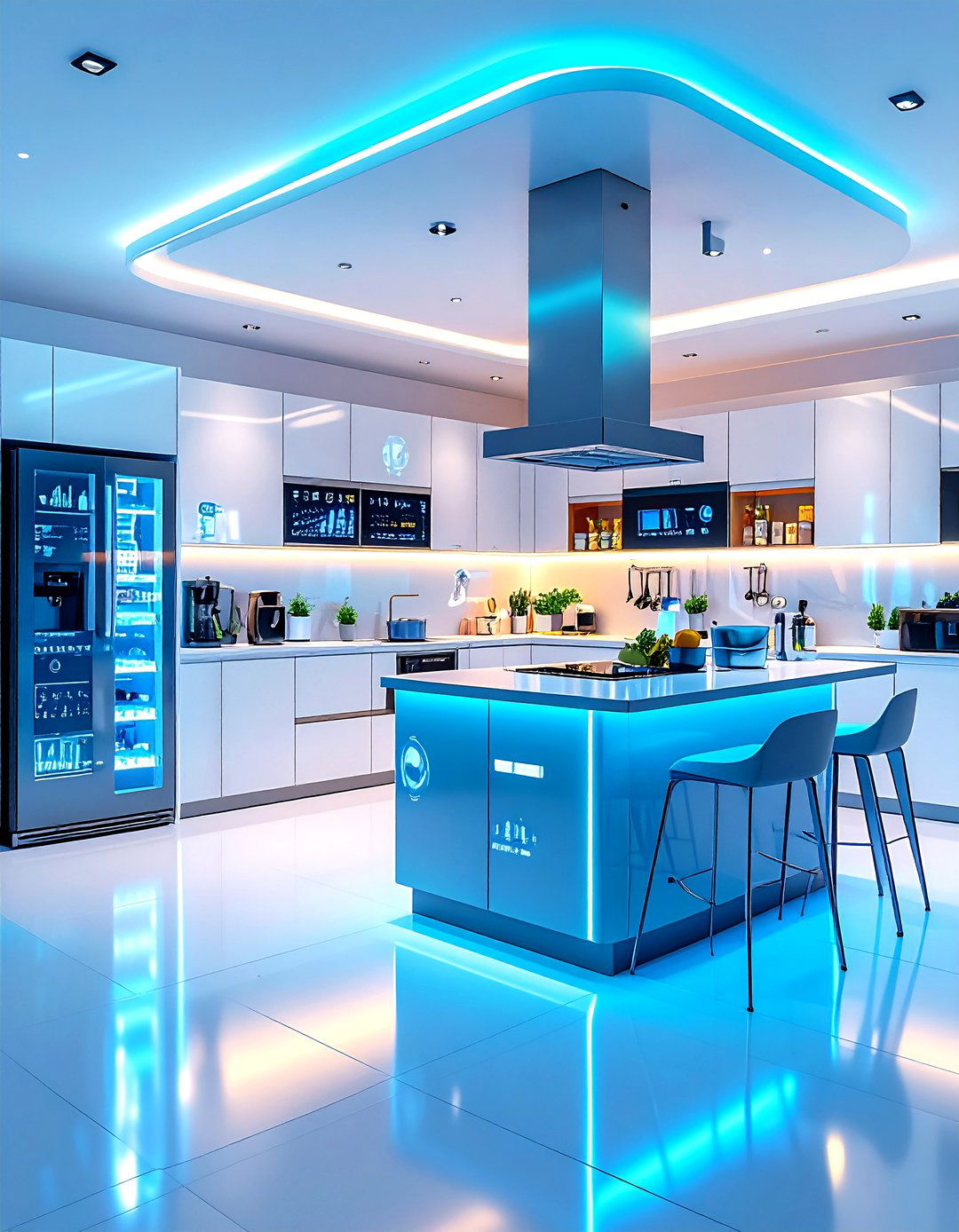
Finally, layer in smart occupancy sensors that dim lights when the kitchen empties and IoT-linked fridges that track inventory in real time. Modern occupancy devices can cut energy use by up to 30 percent, while smart fridges auto-generate shopping lists and temperature alerts. Dashboards give facilities managers data to optimize cleaning schedules and stock rotation, closing the loop between insight and action.
Conclusion:
An inspiring office kitchen blends great food, ergonomic comfort, inclusive design, and digital intelligence into one cohesive space. Whether you start with a simple multilingual sign or jump straight to a sensor-driven micro market, each idea above delivers measurable gains in employee satisfaction, productivity, and sustainability. Pick the concepts that fit your culture, budget, and square footage, then watch daily coffee breaks evolve into a cornerstone of workplace community.


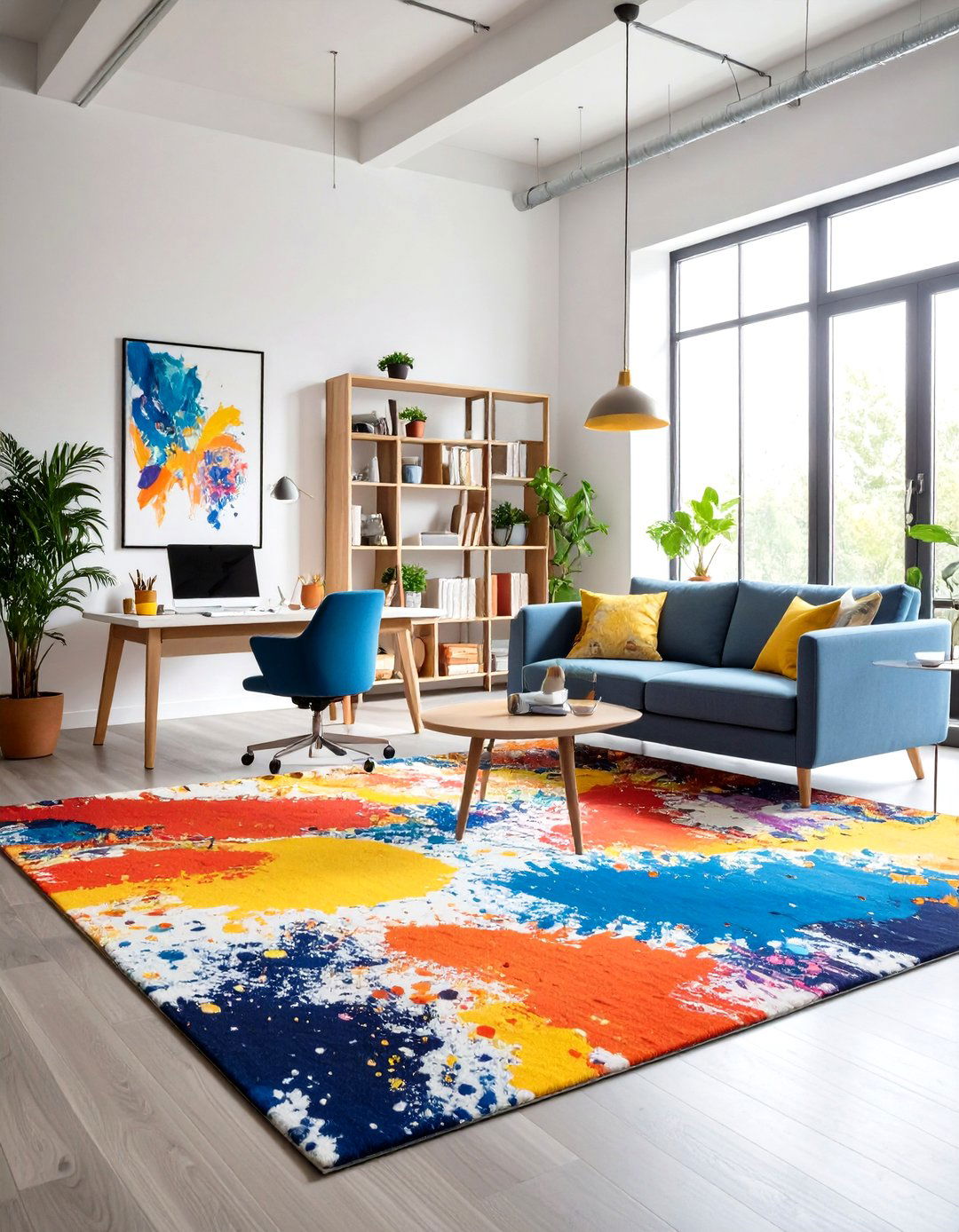

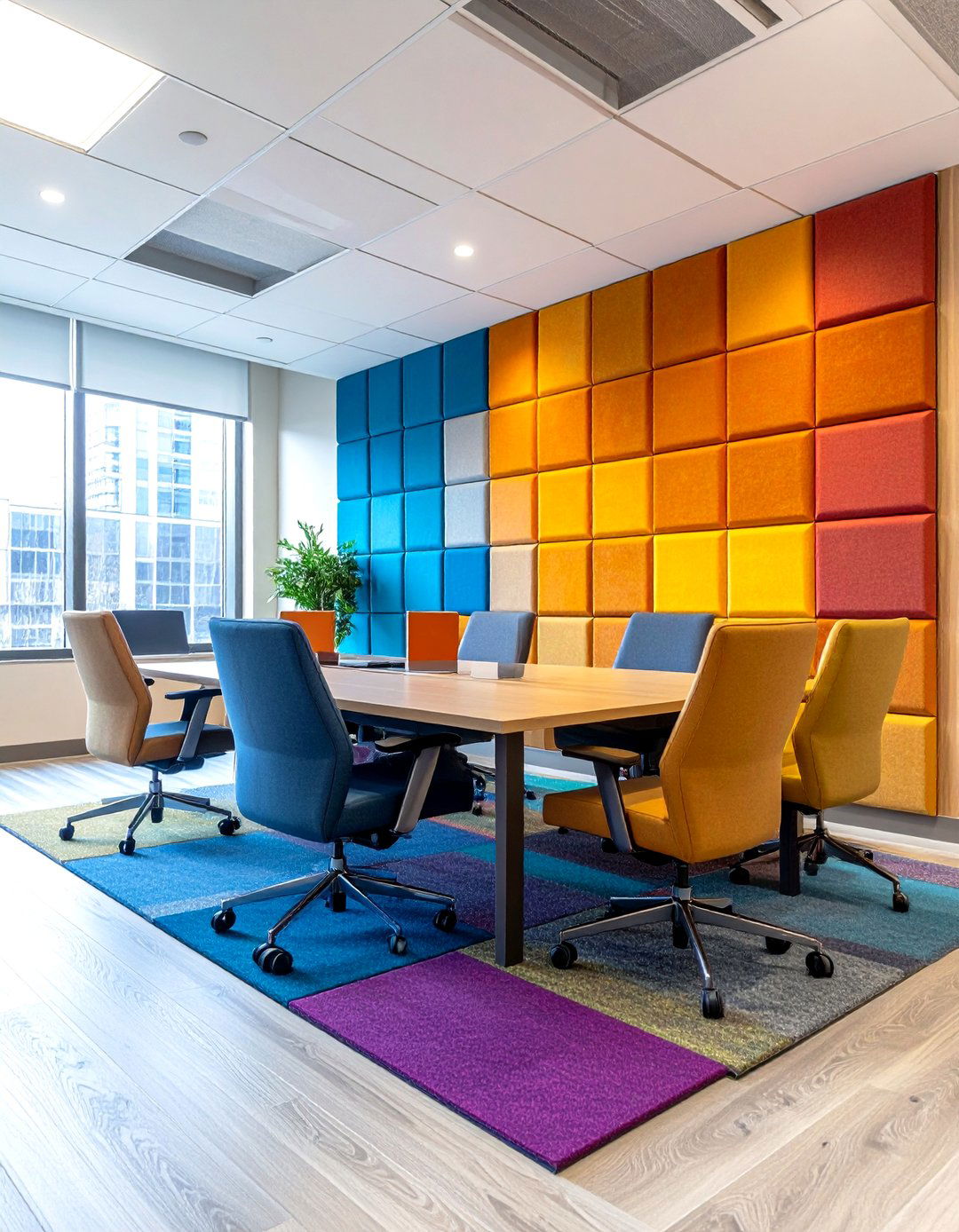
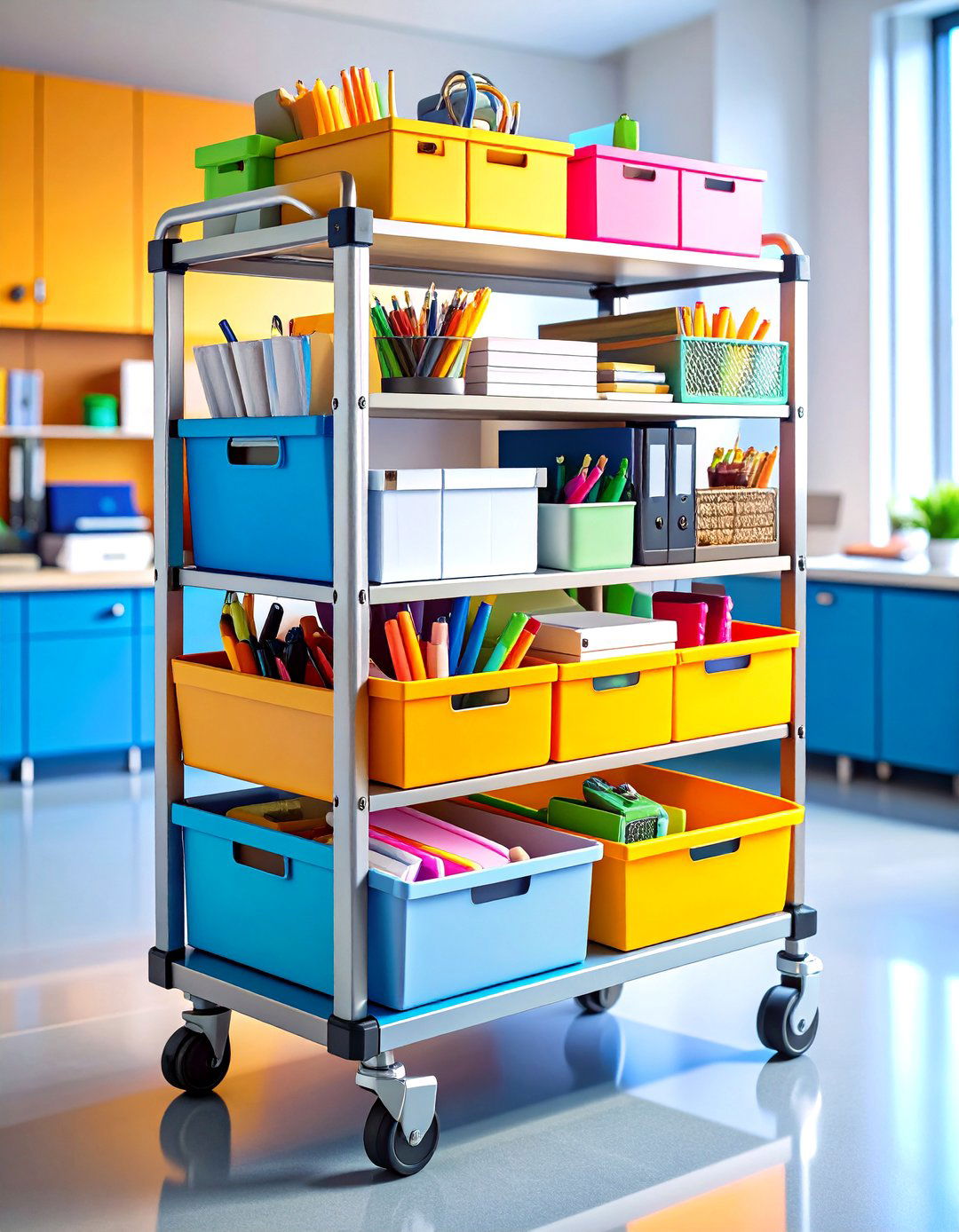
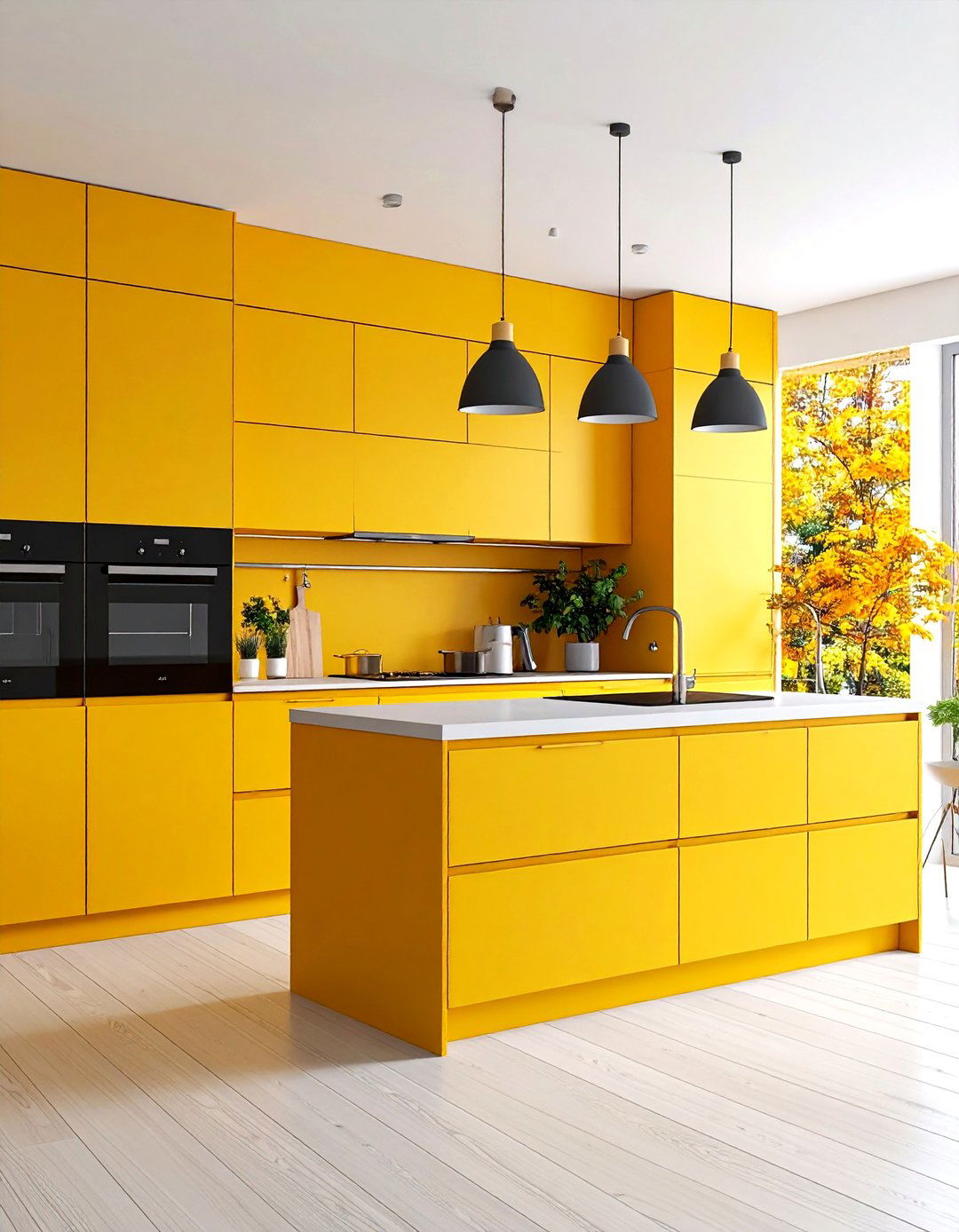
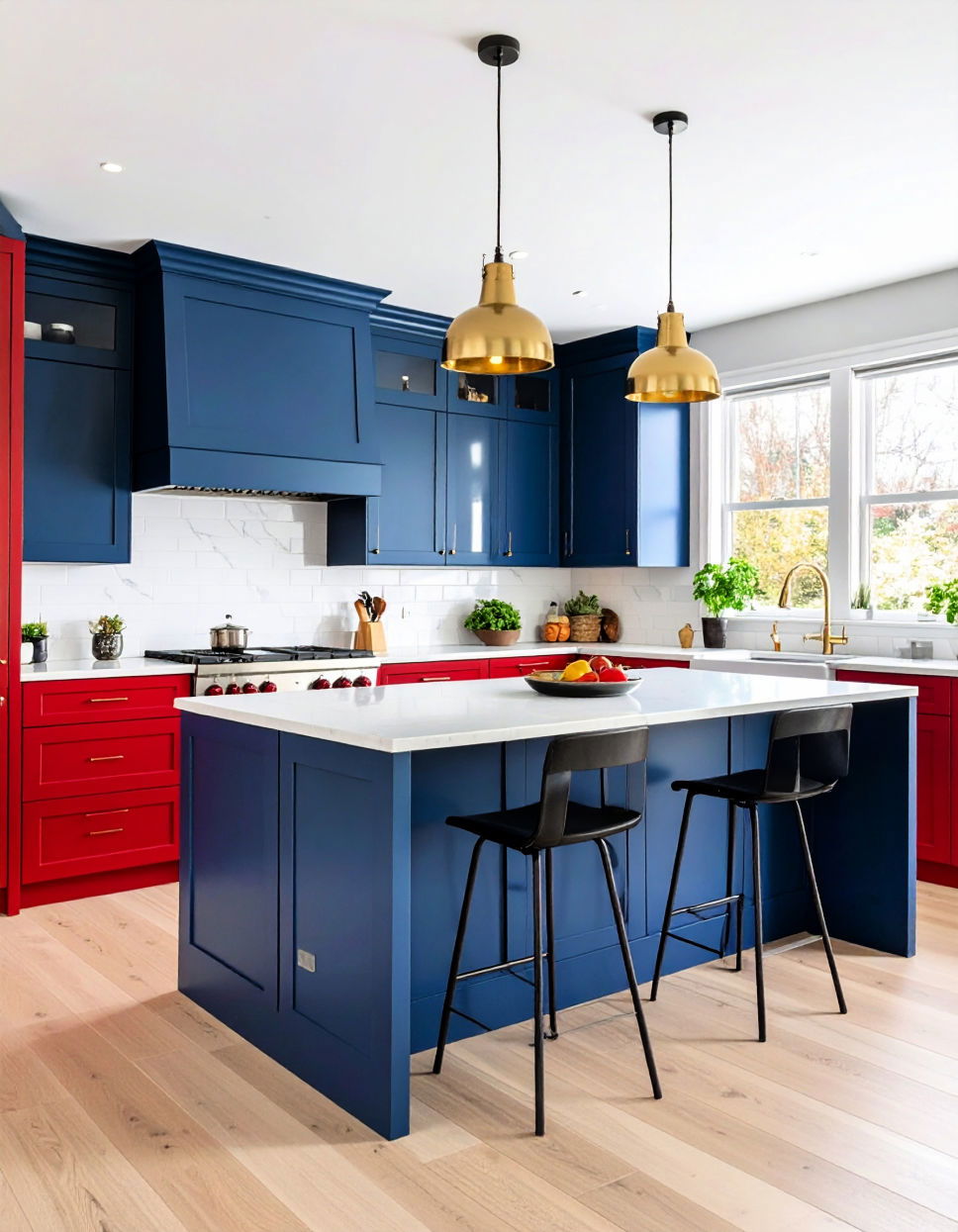


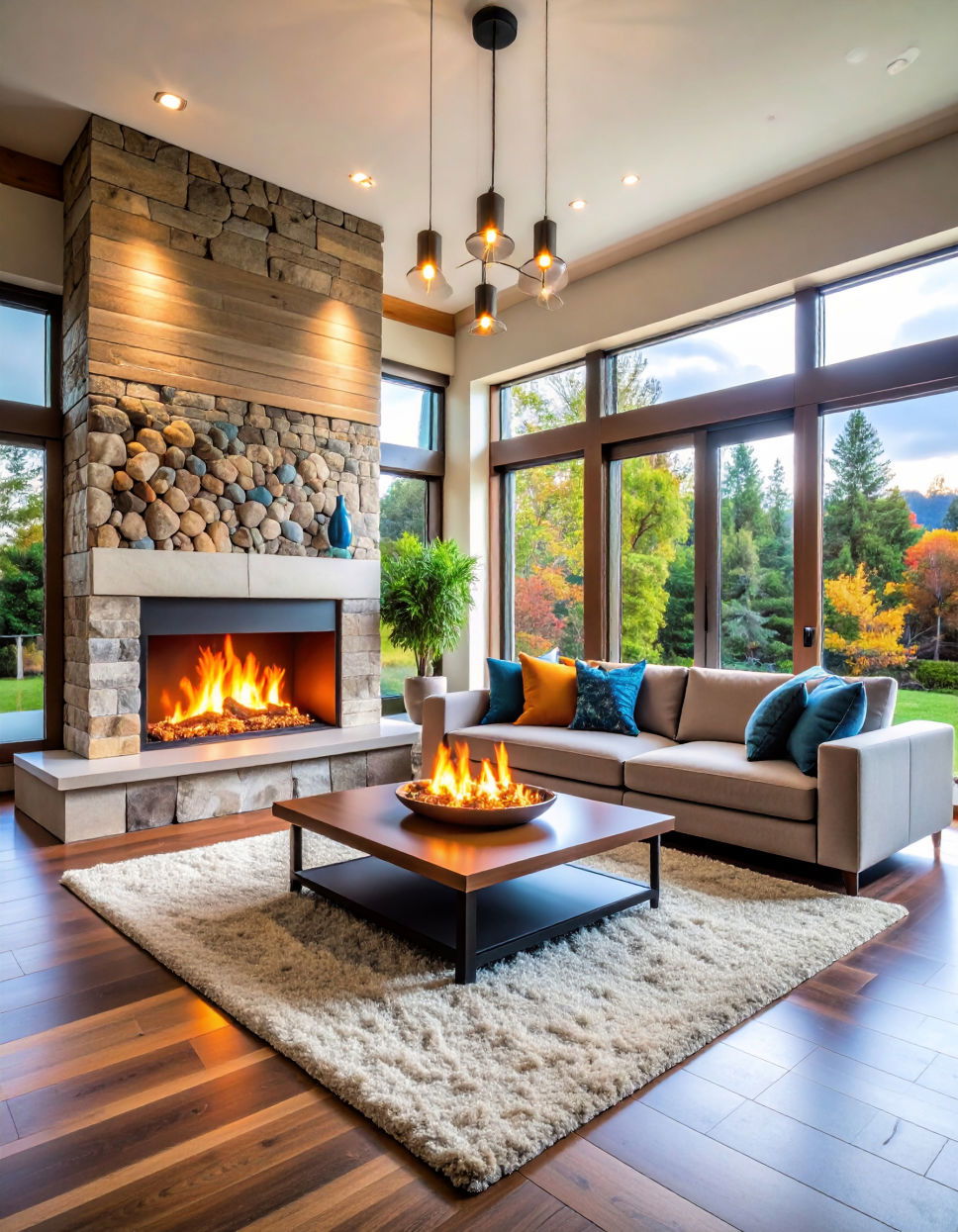
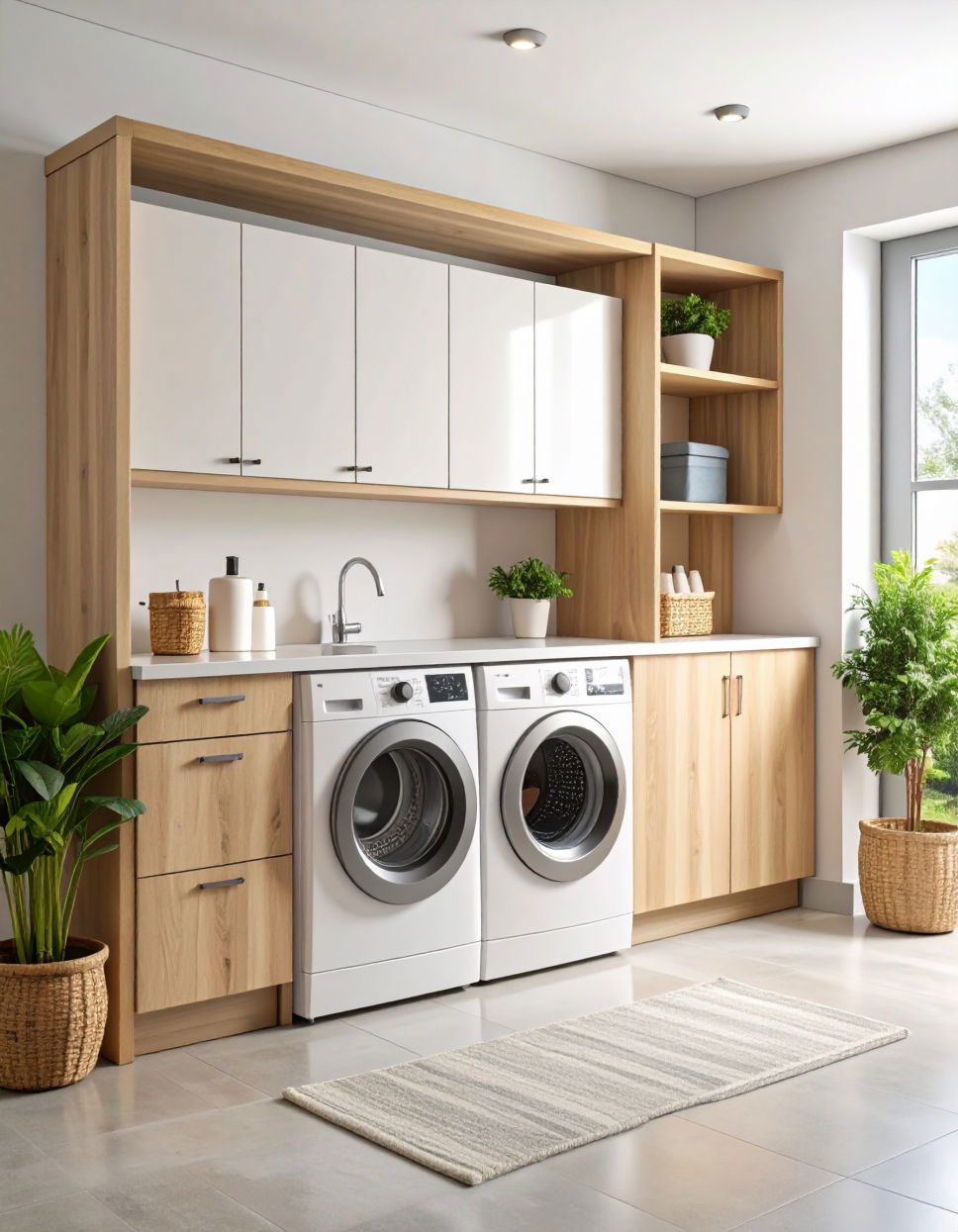

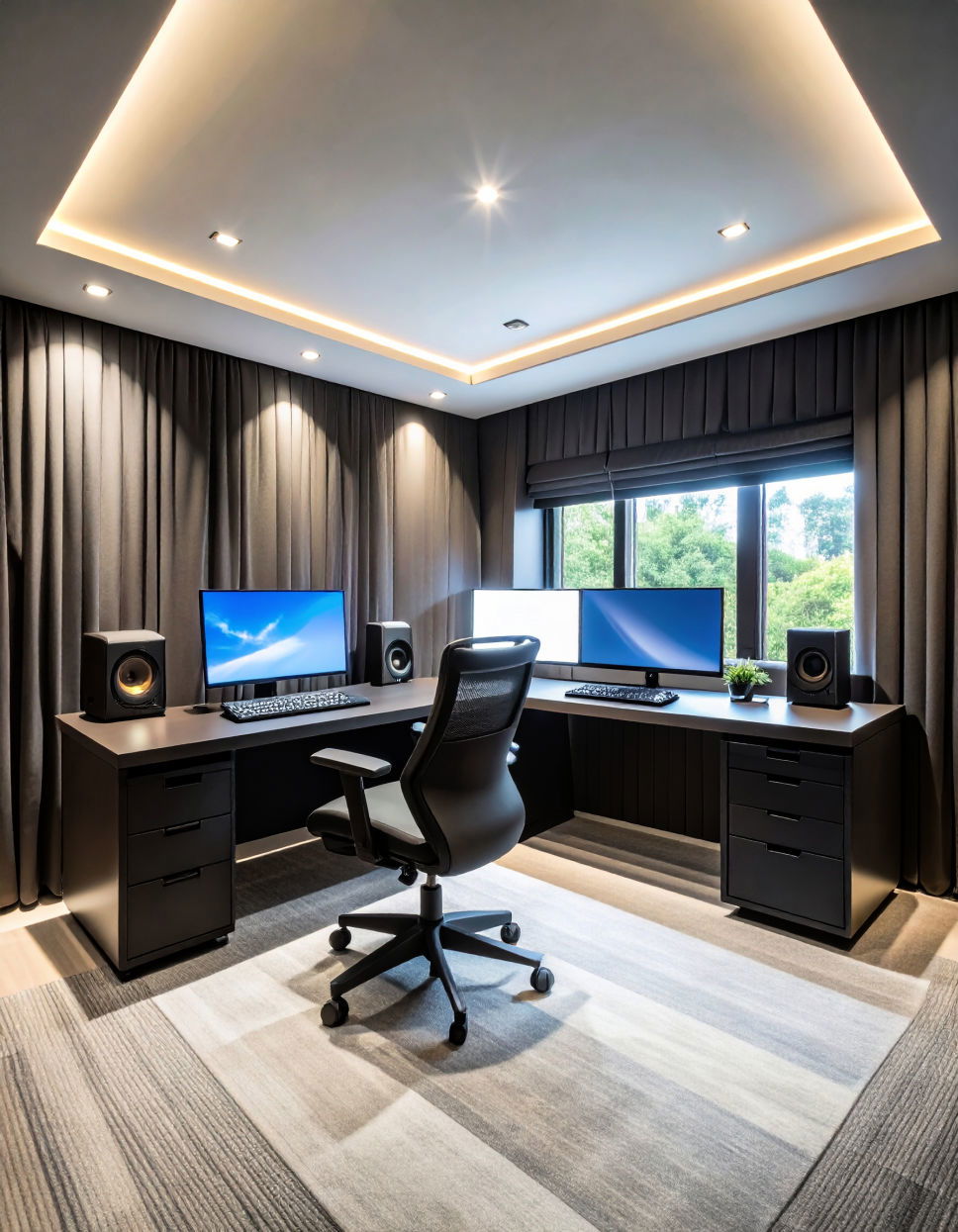



Leave a Reply